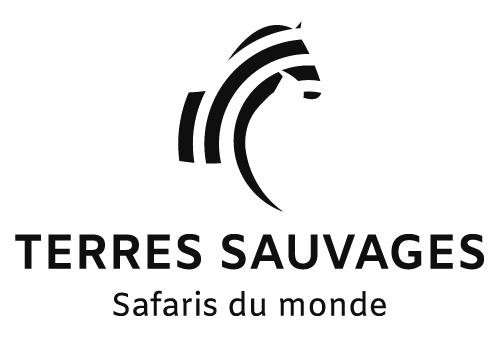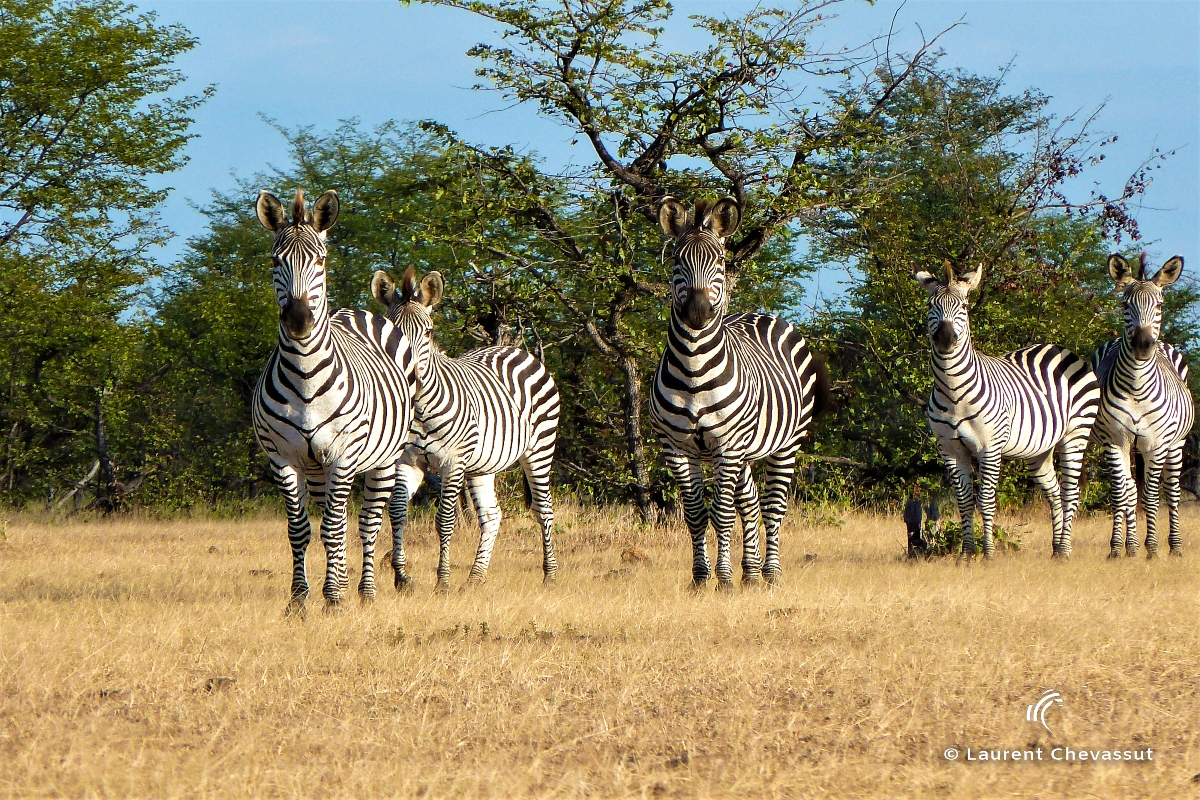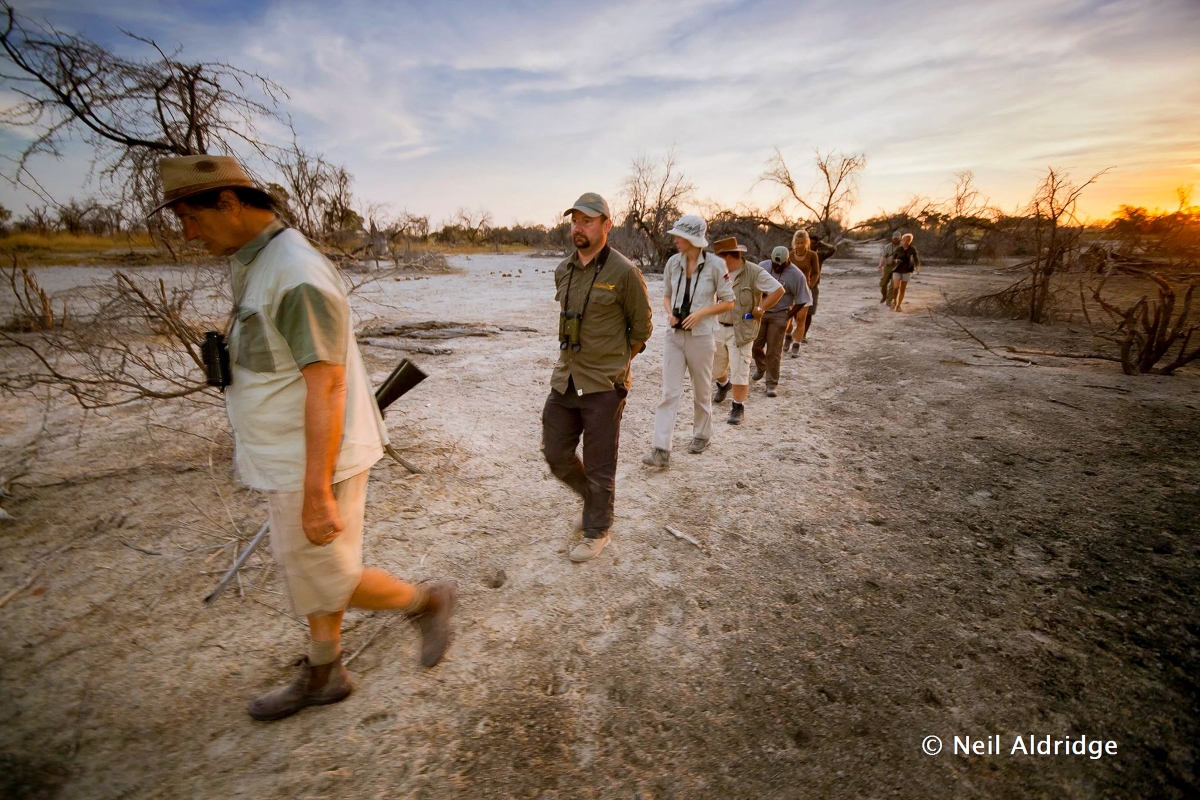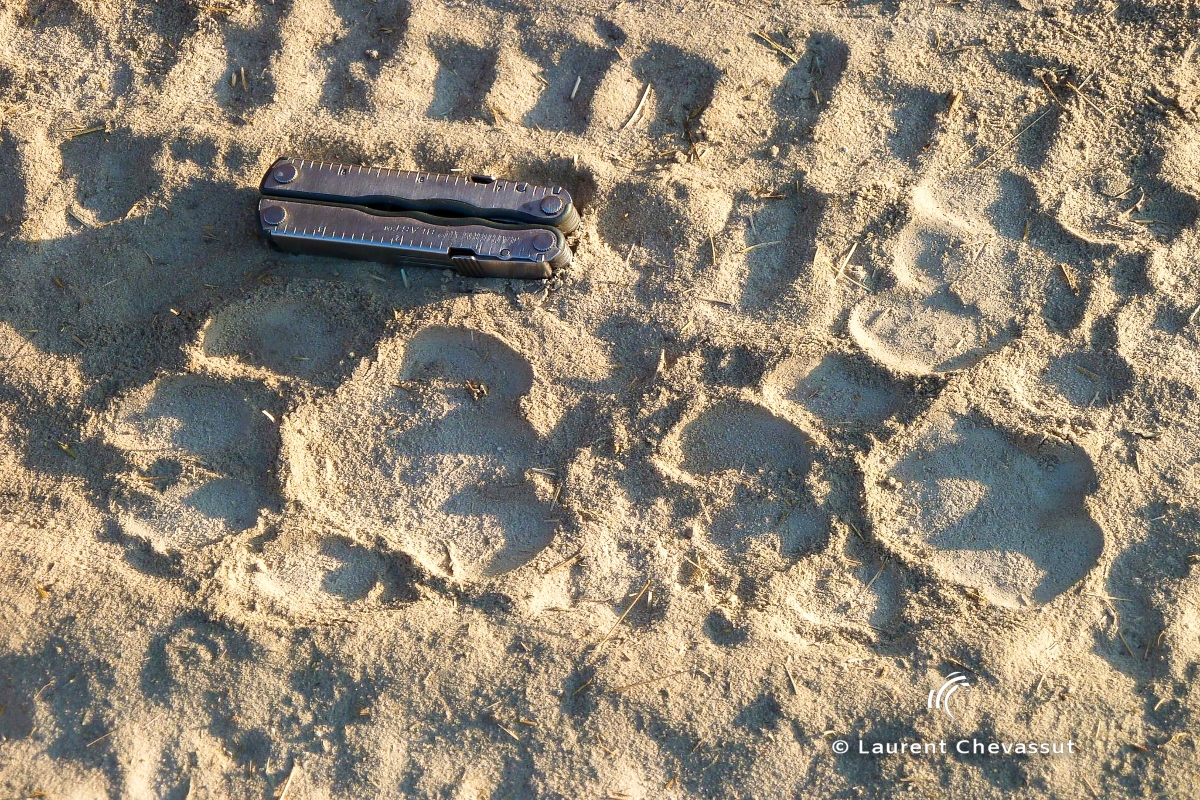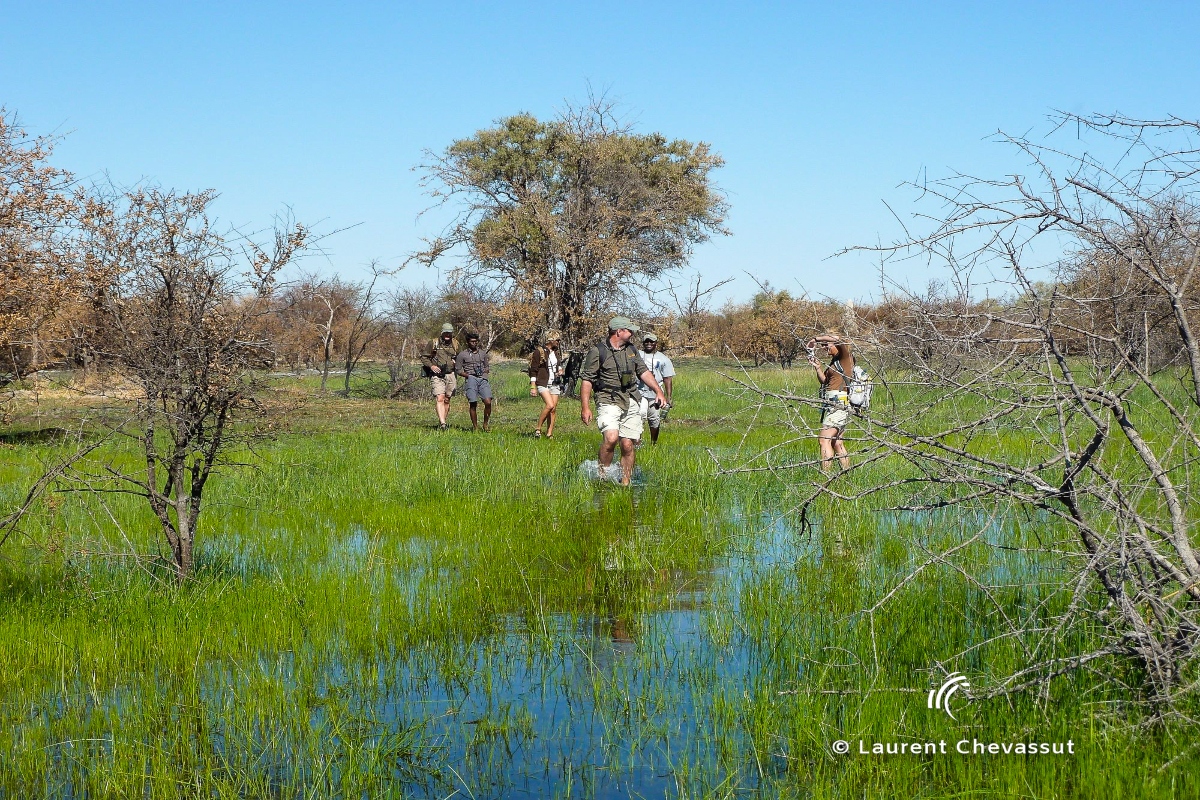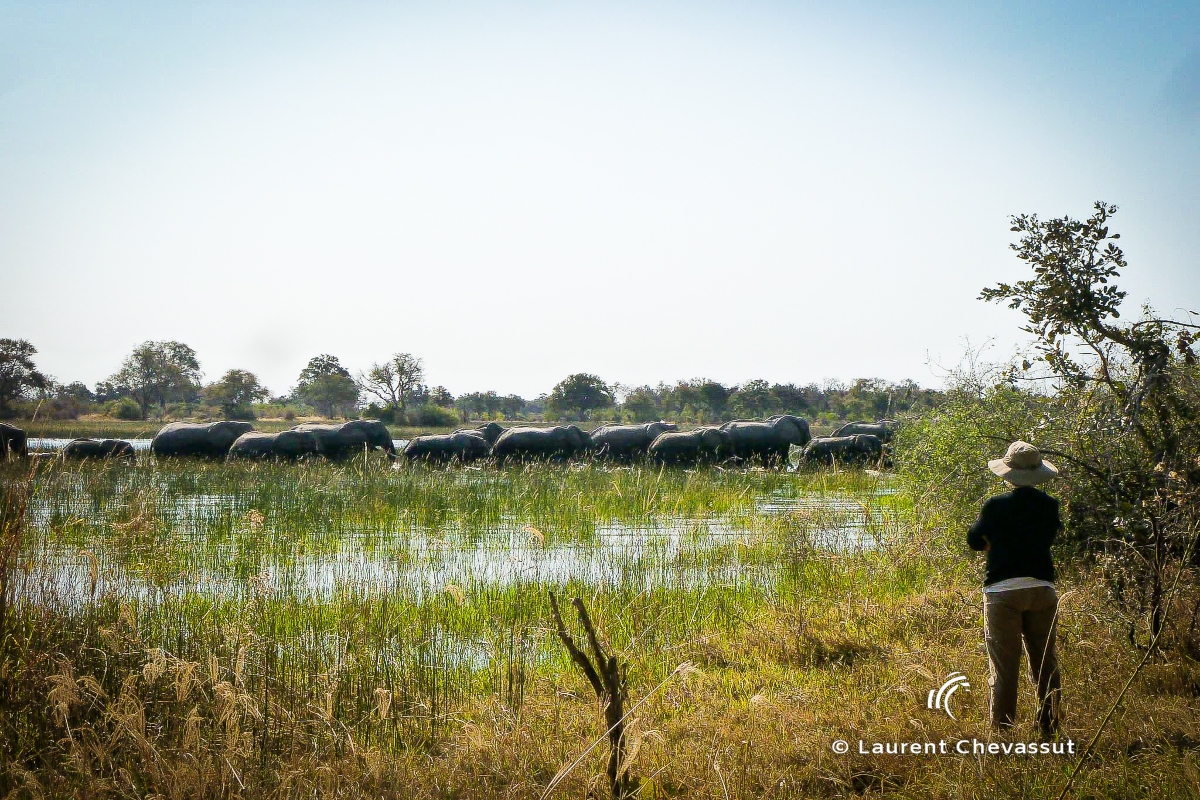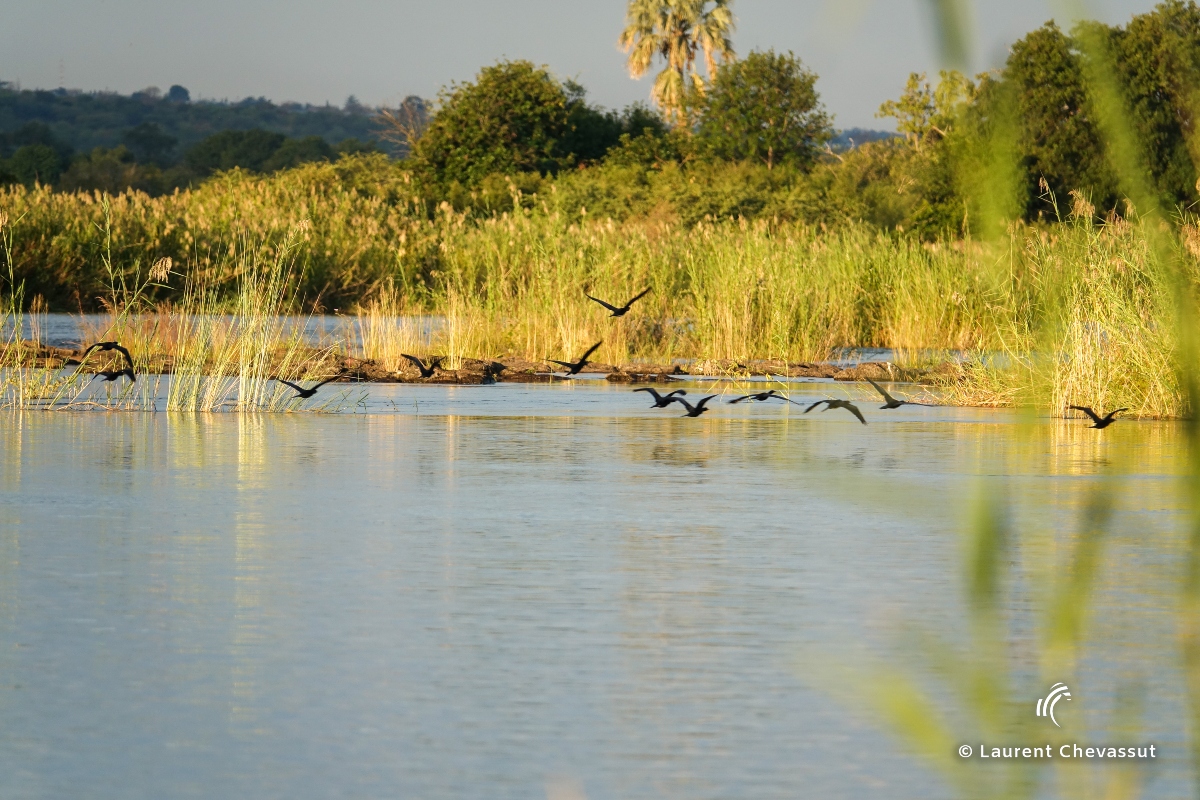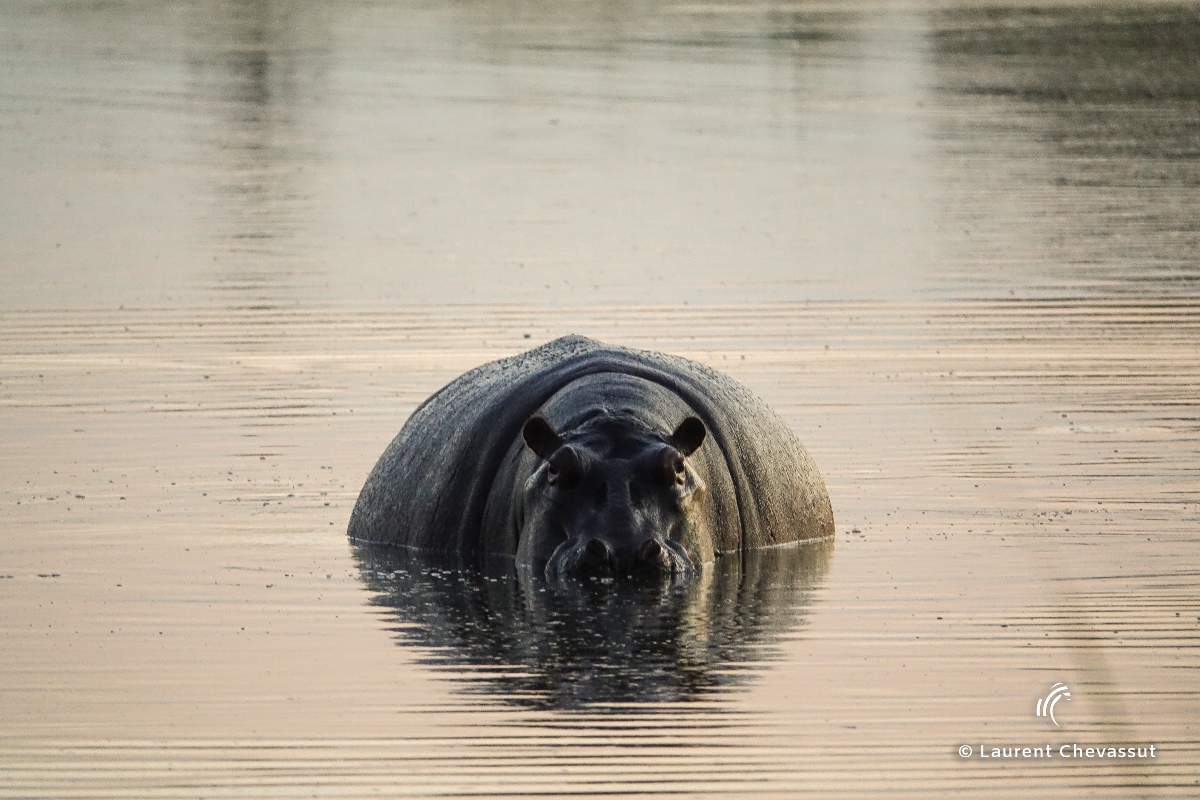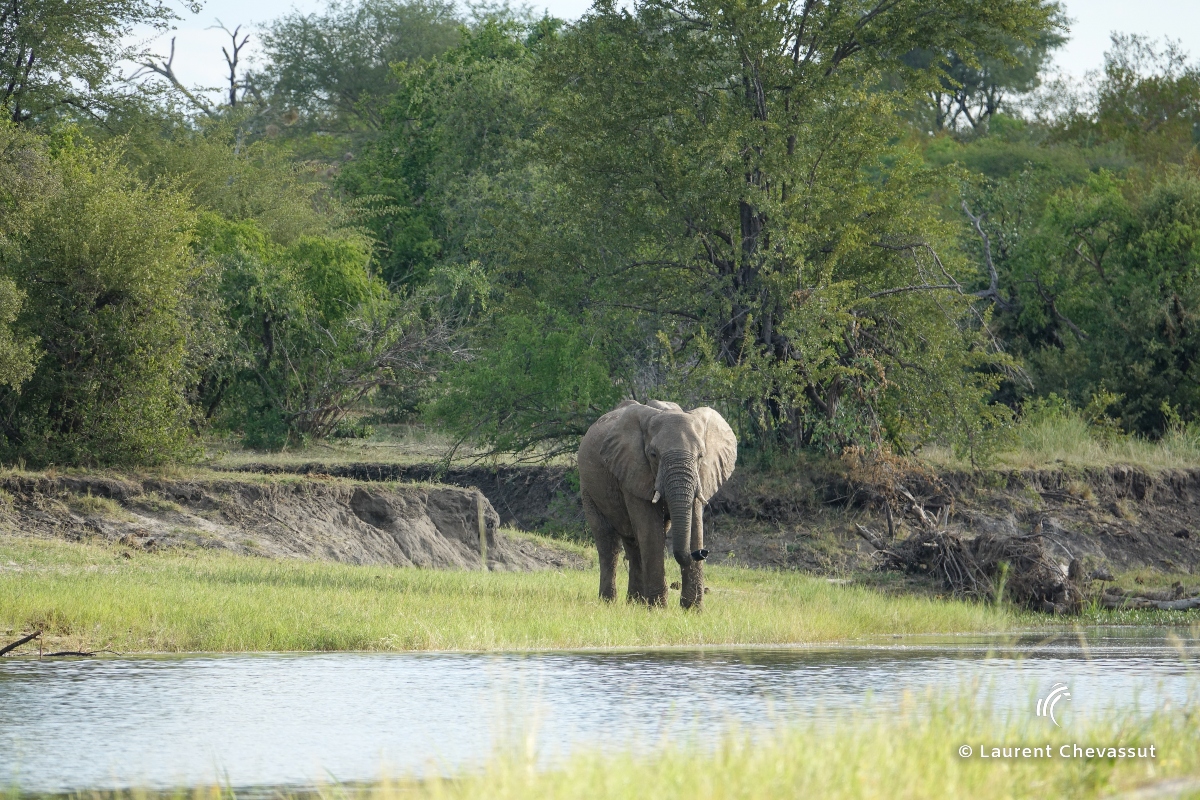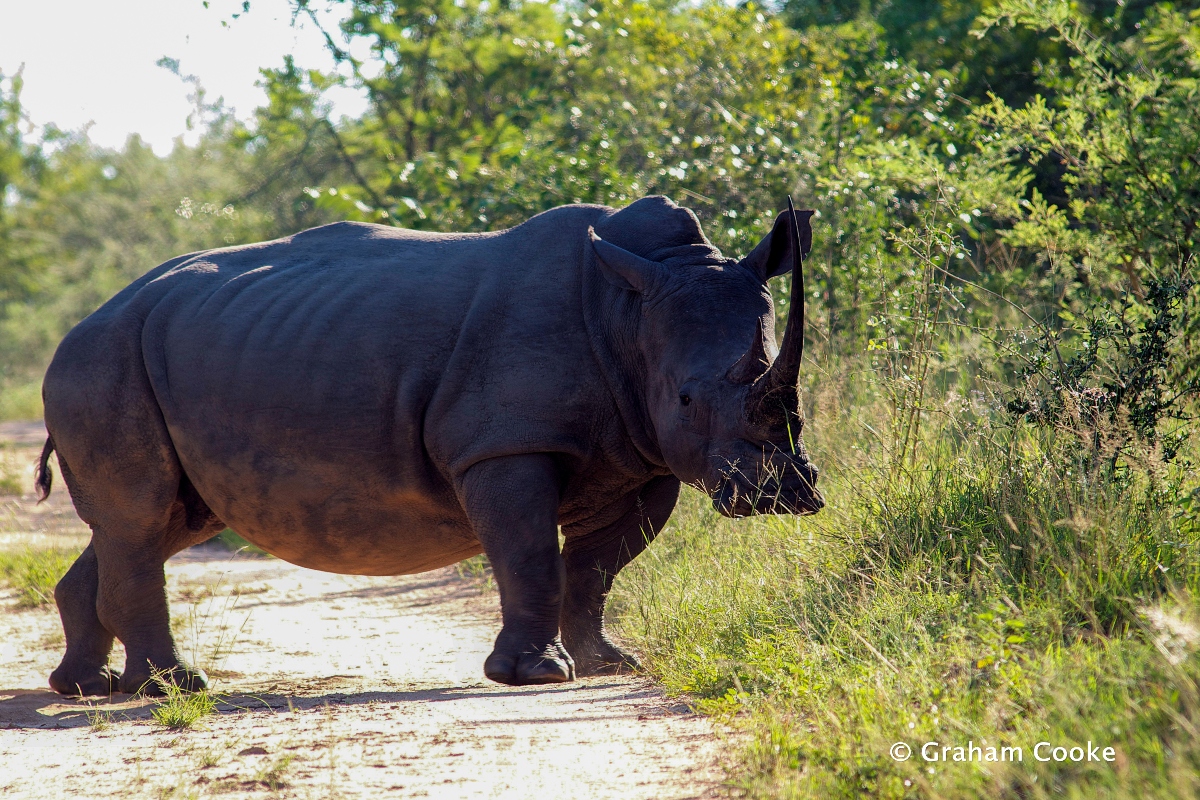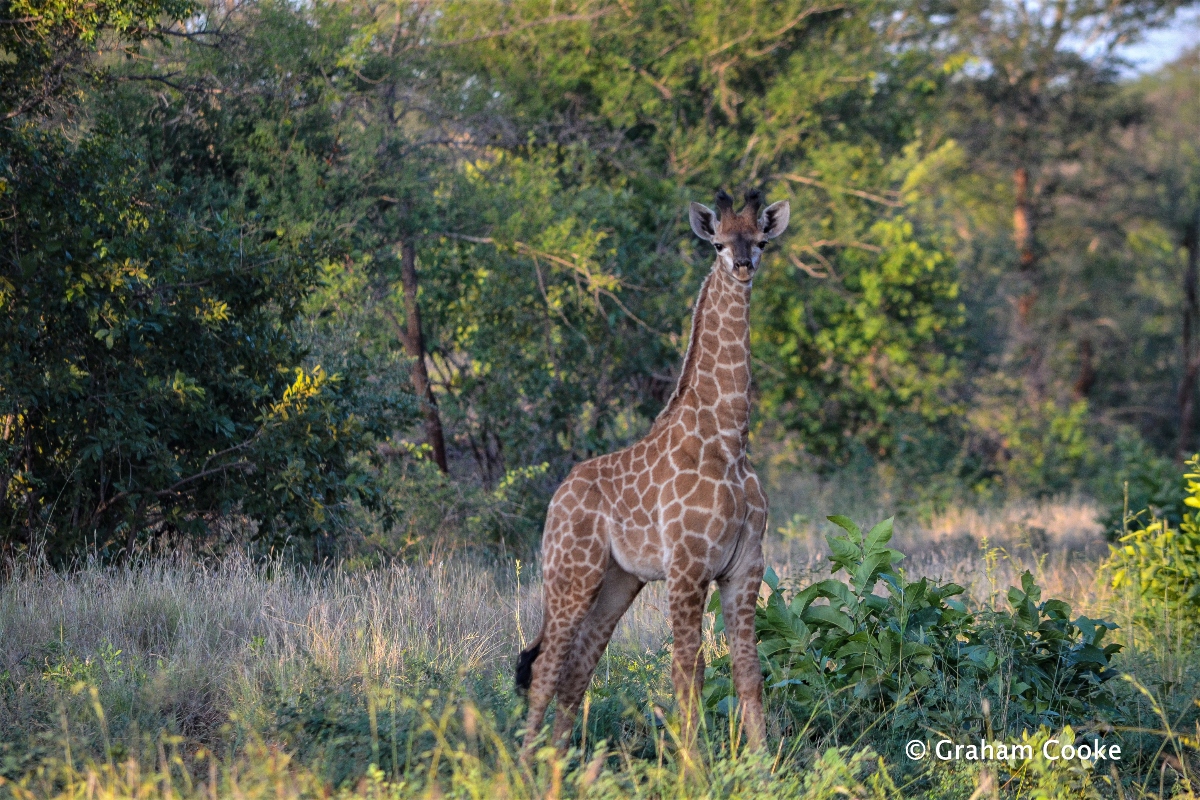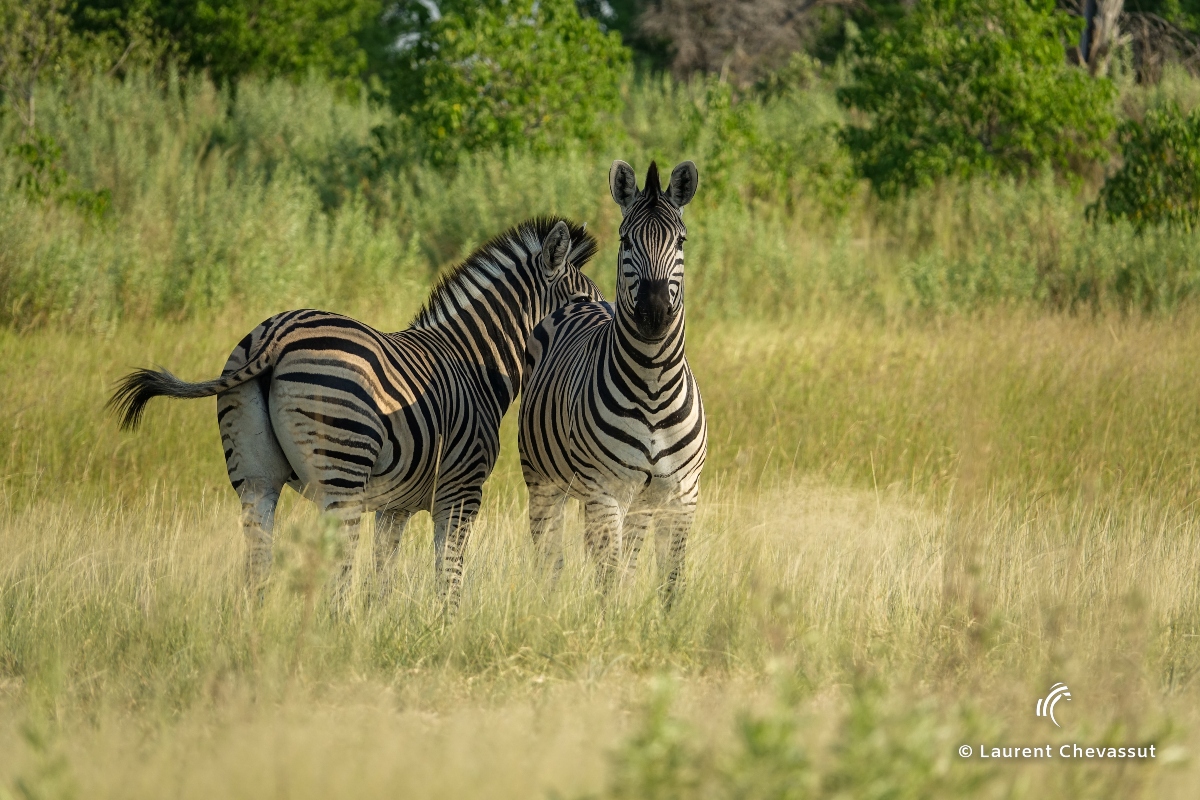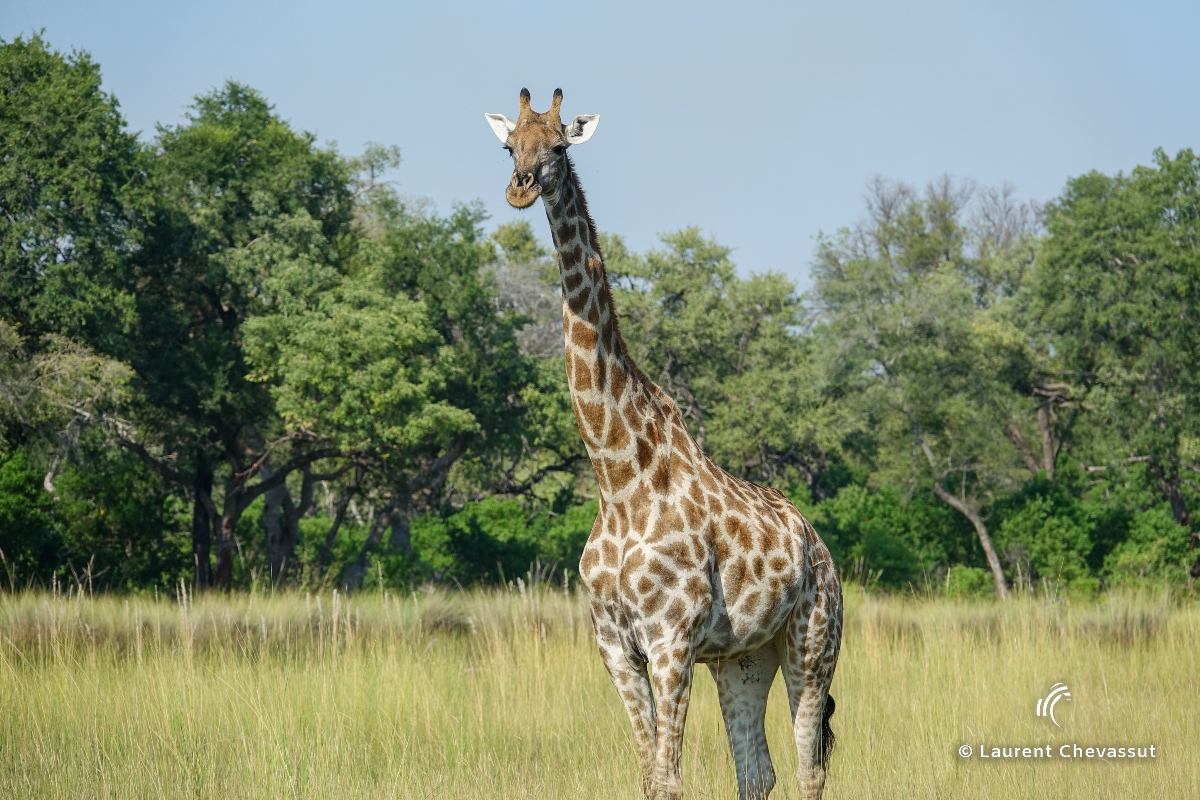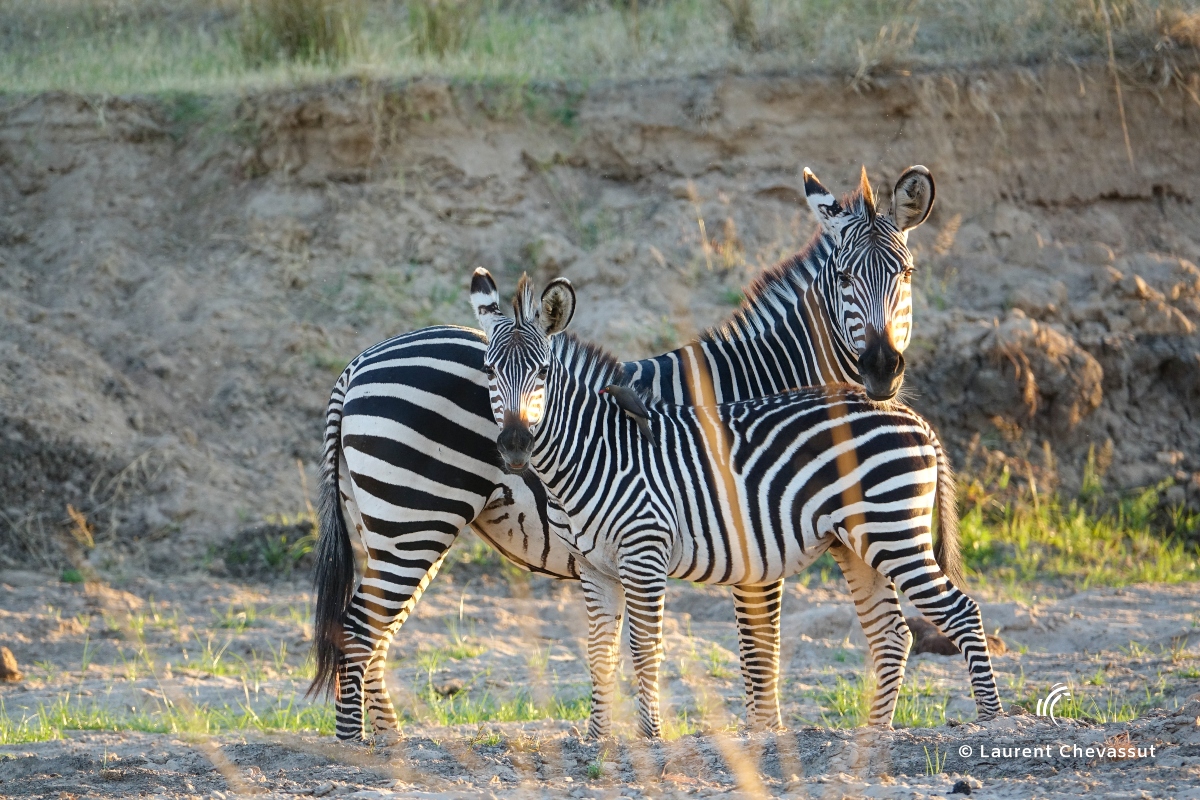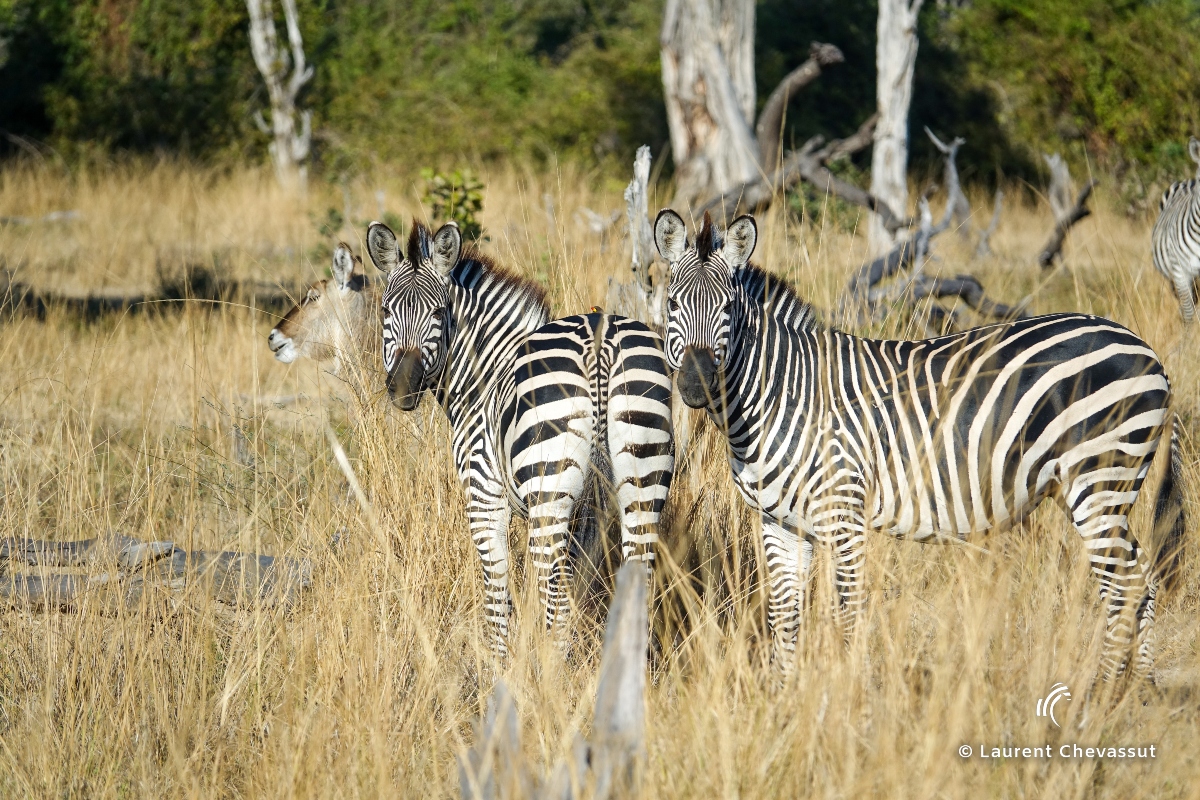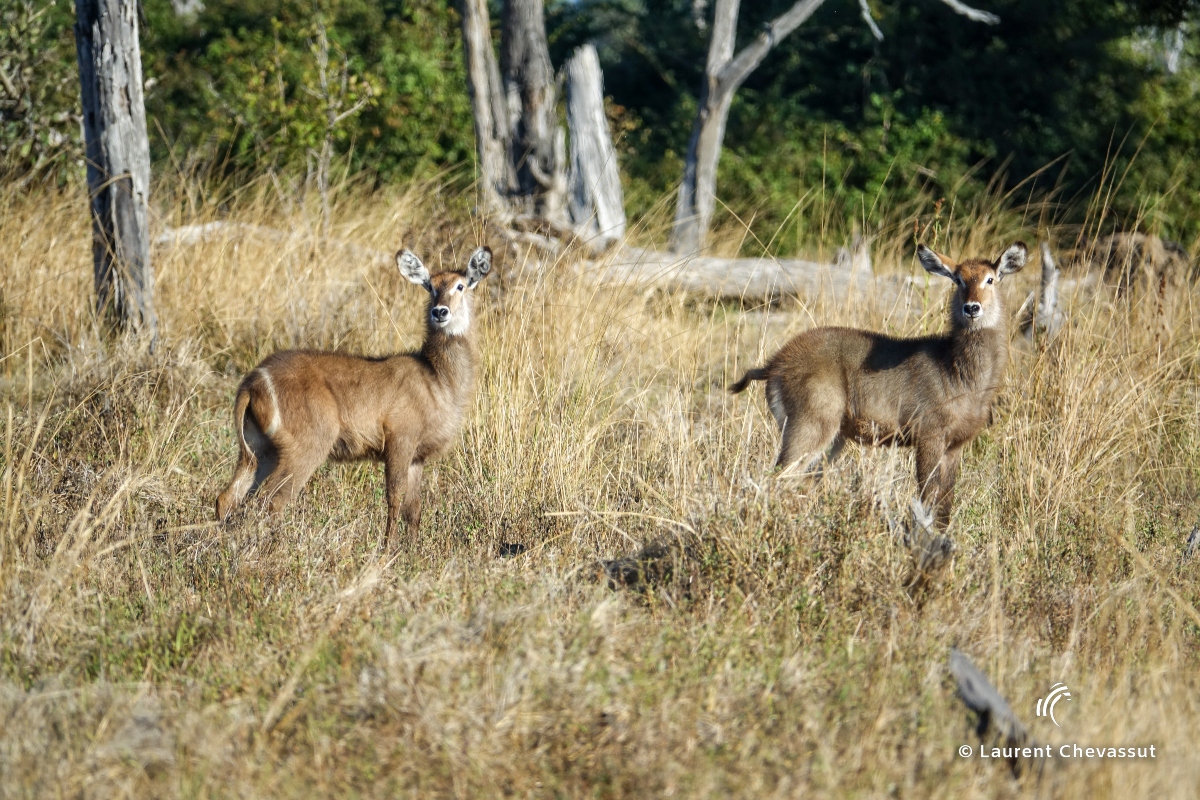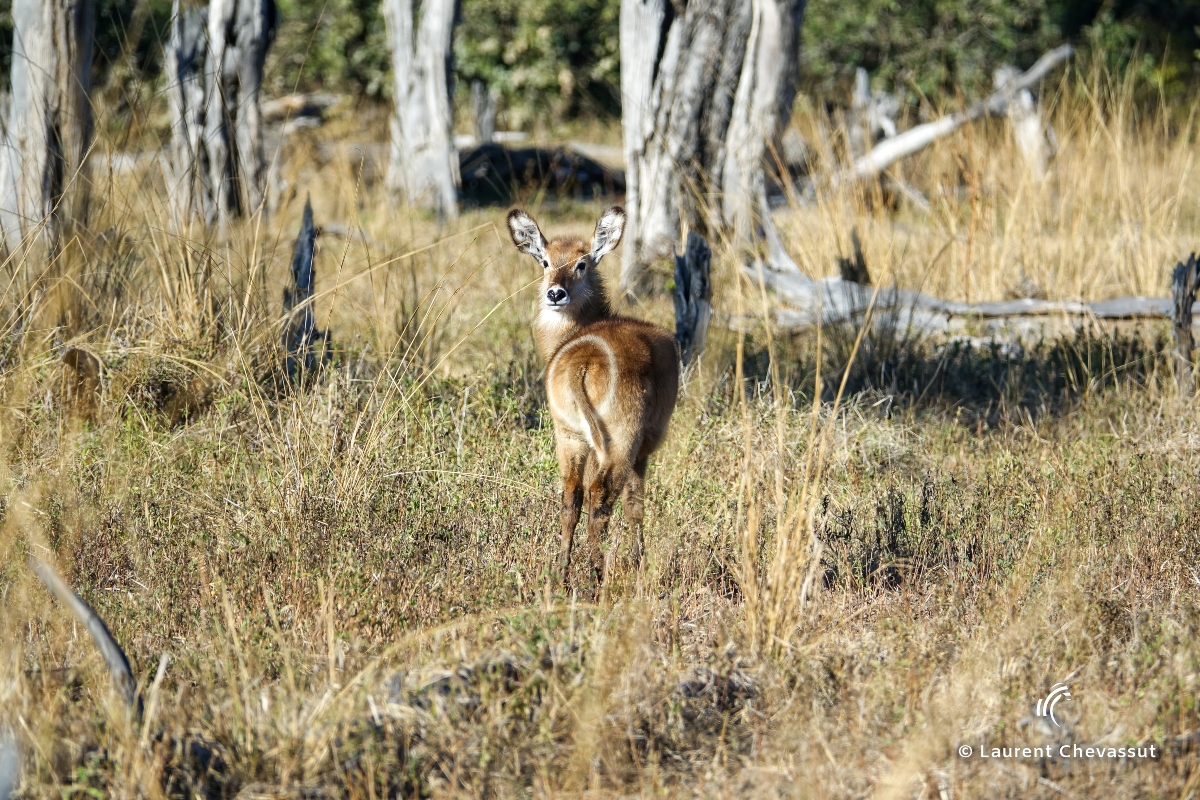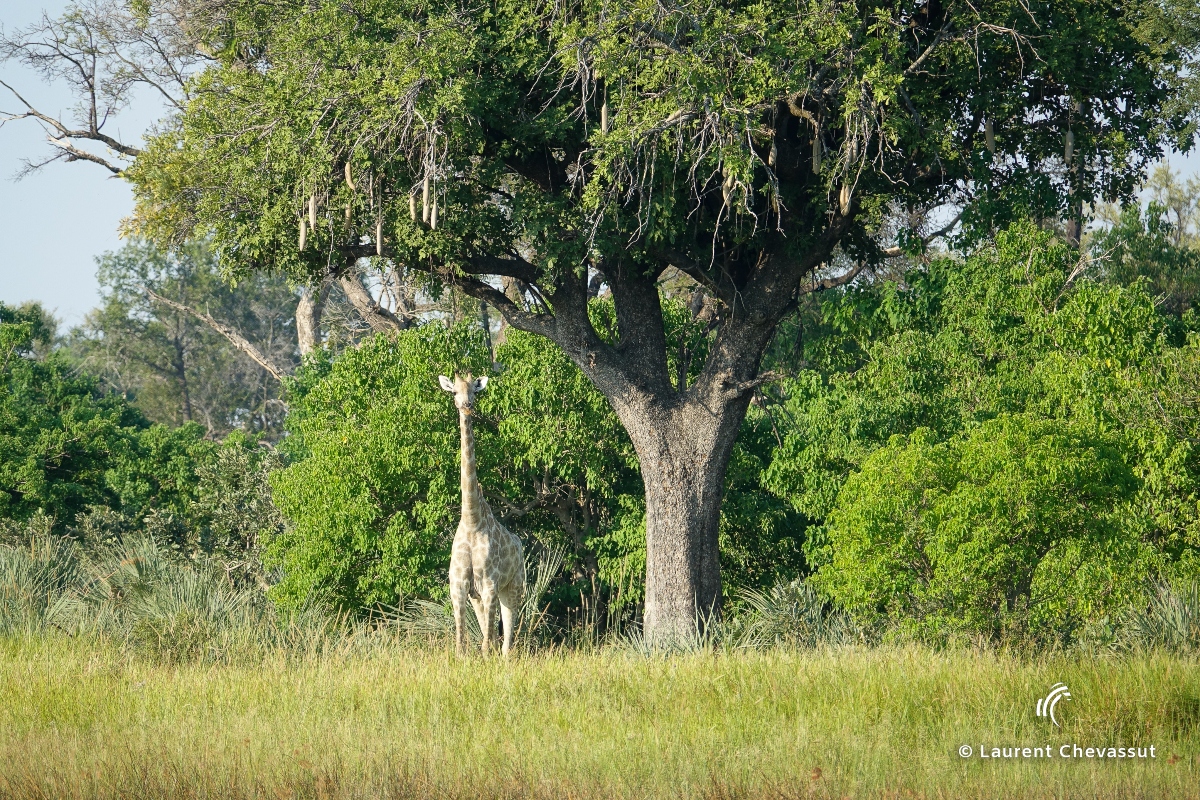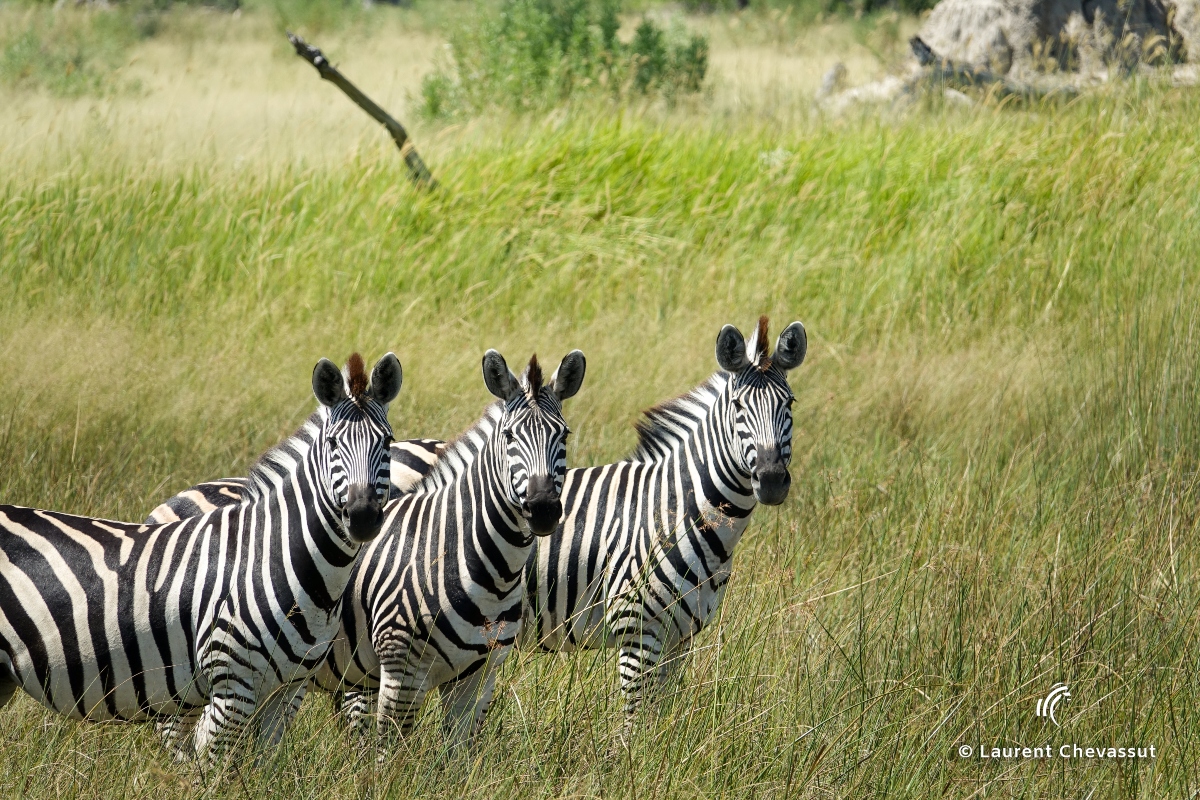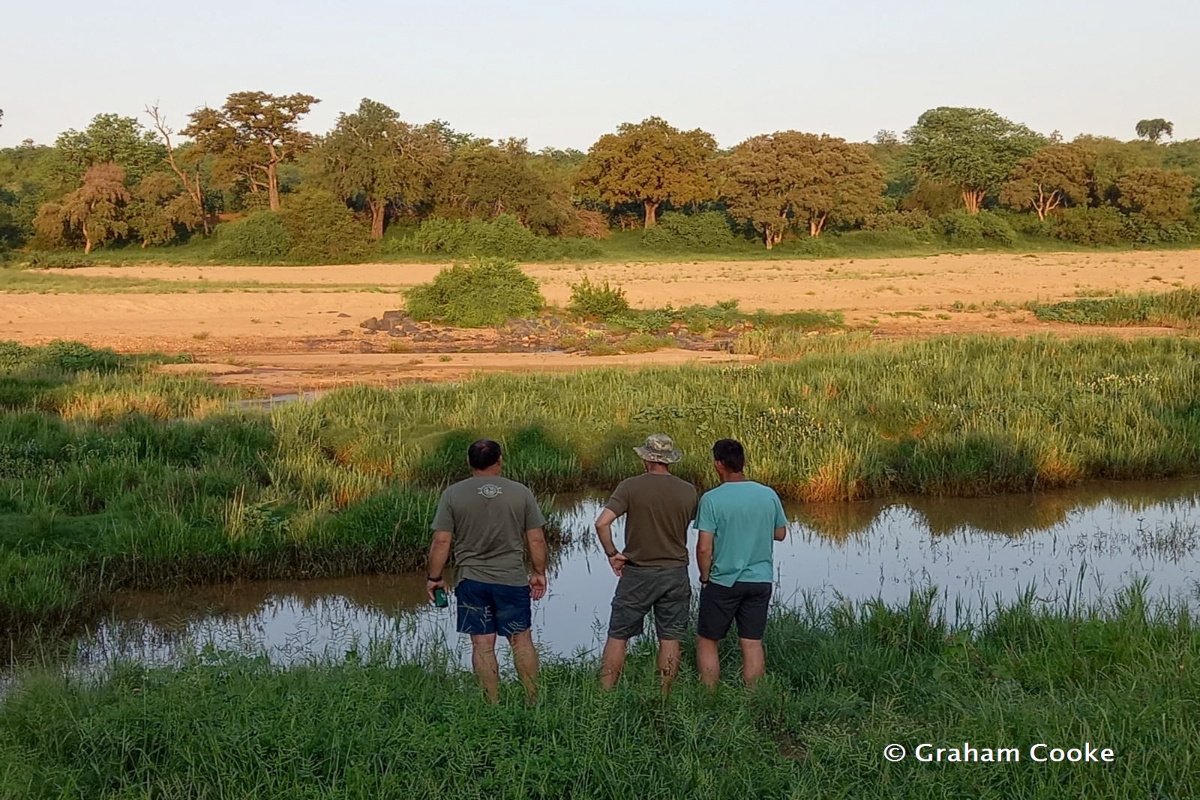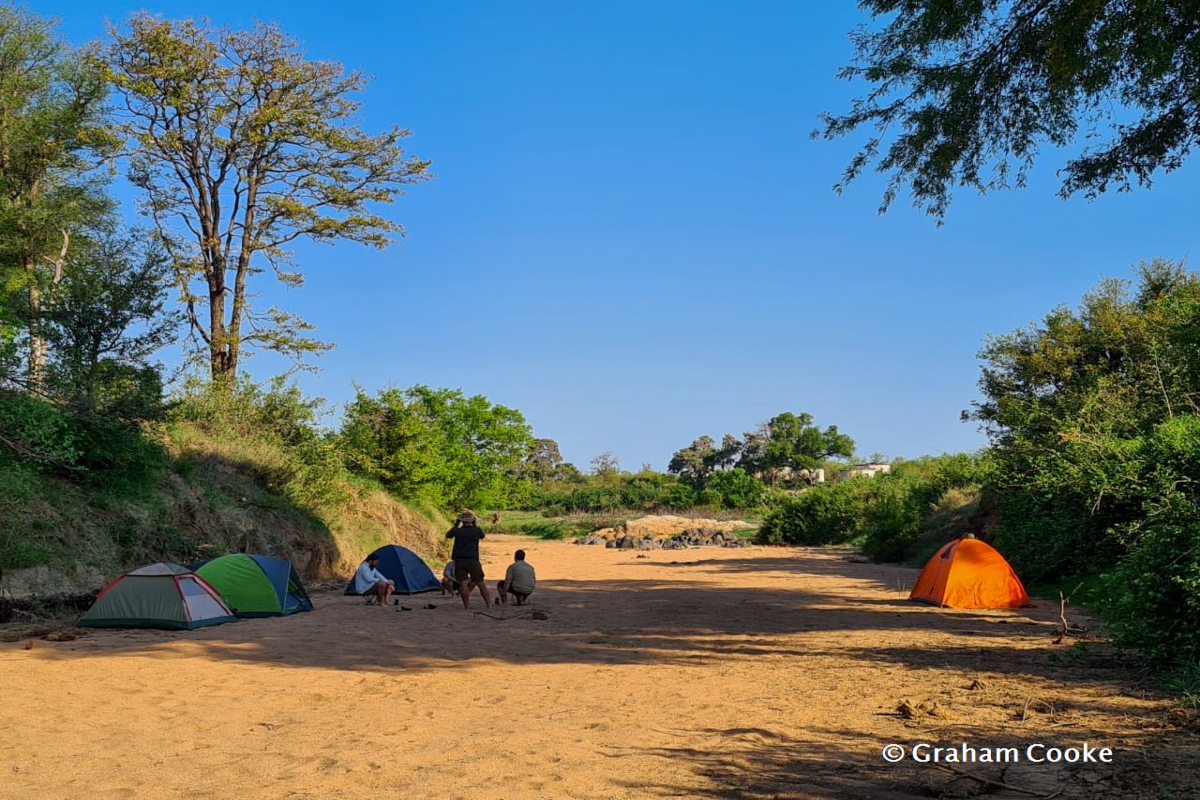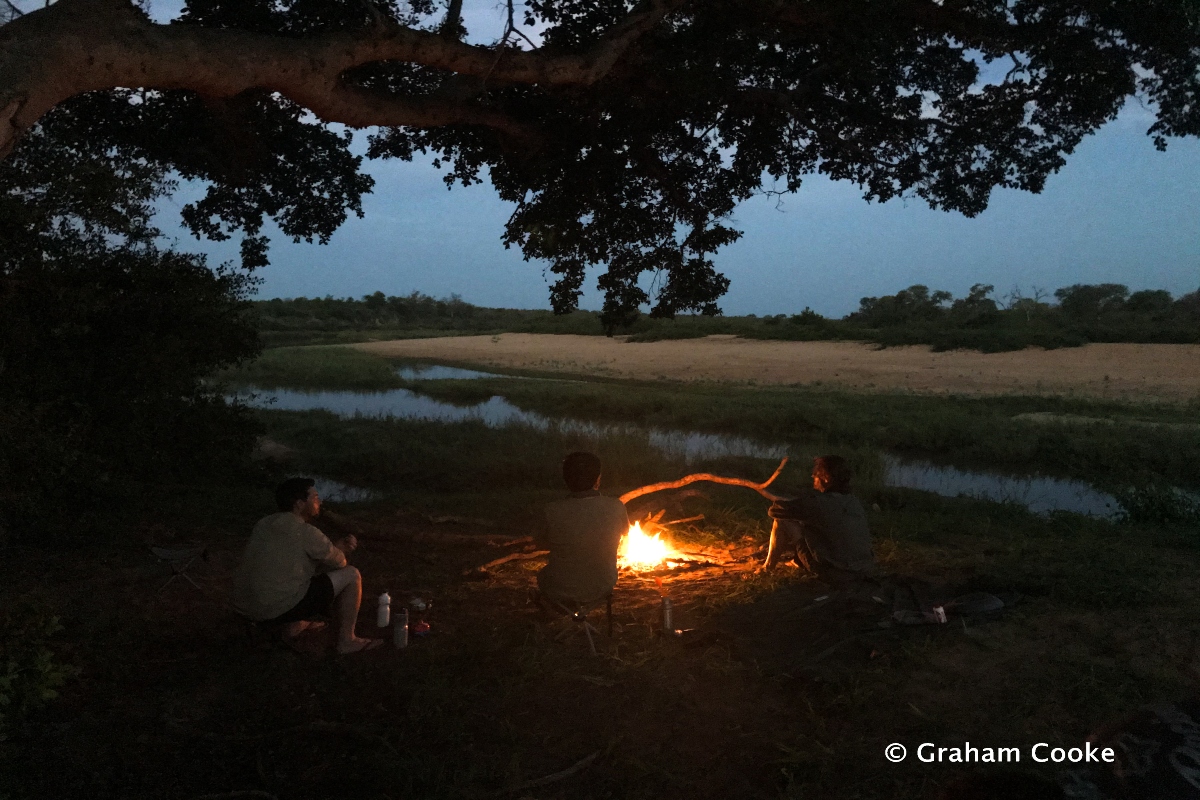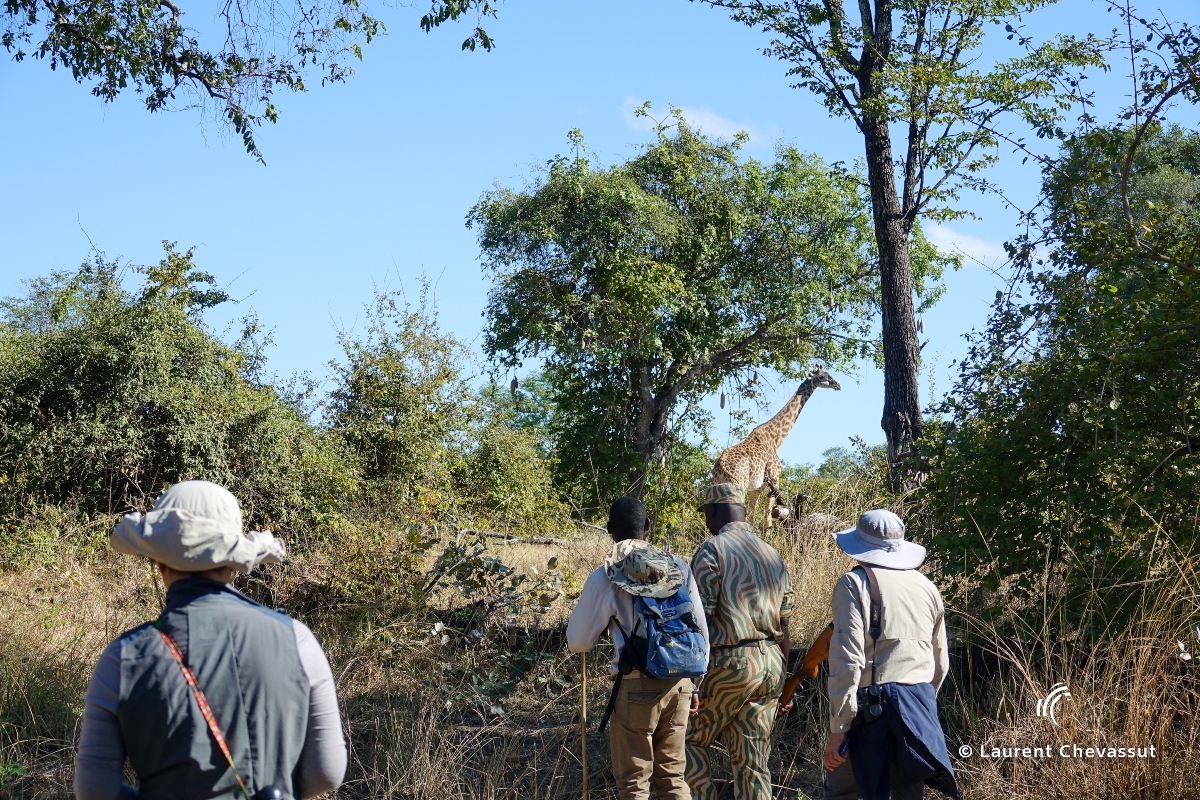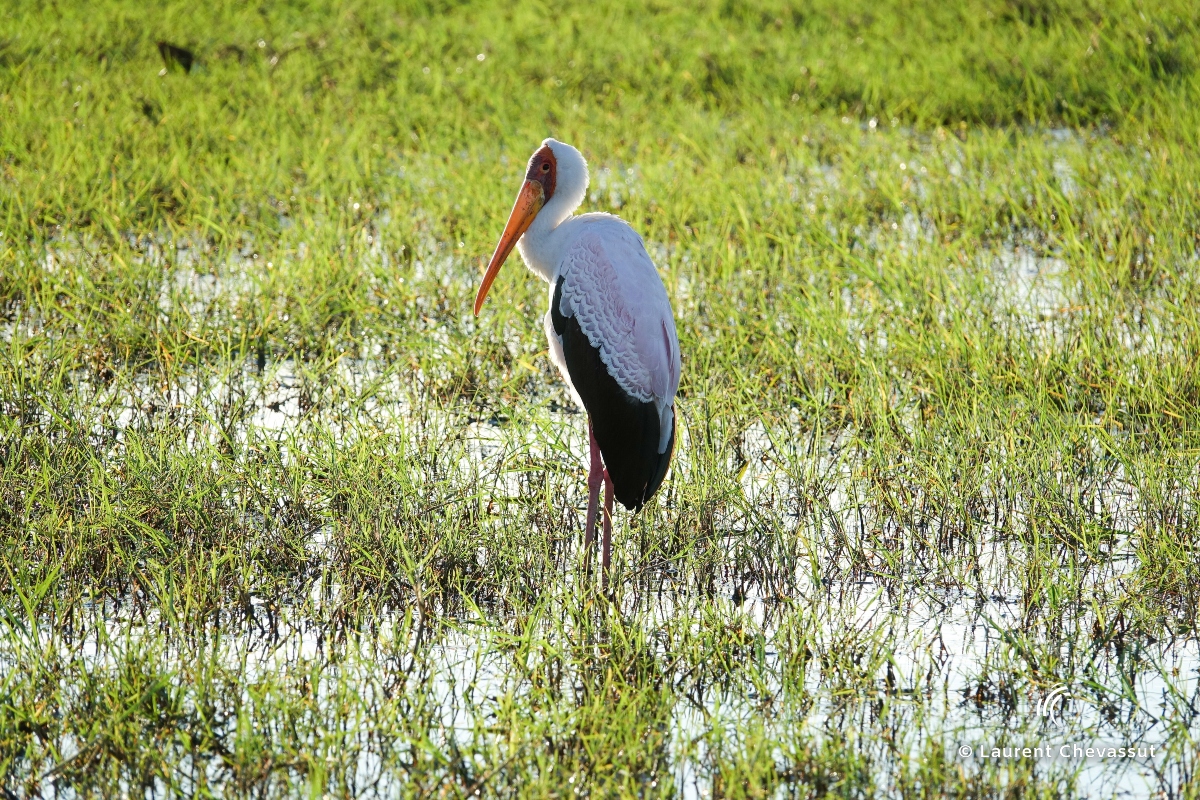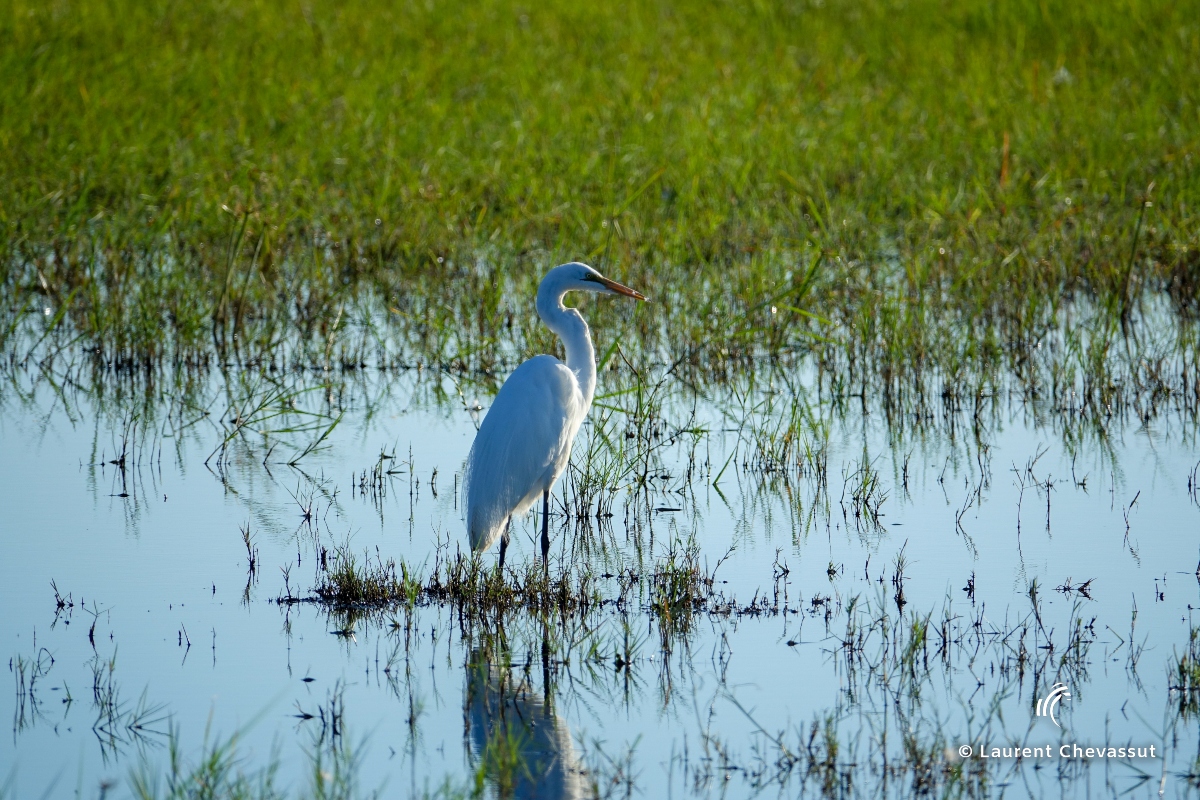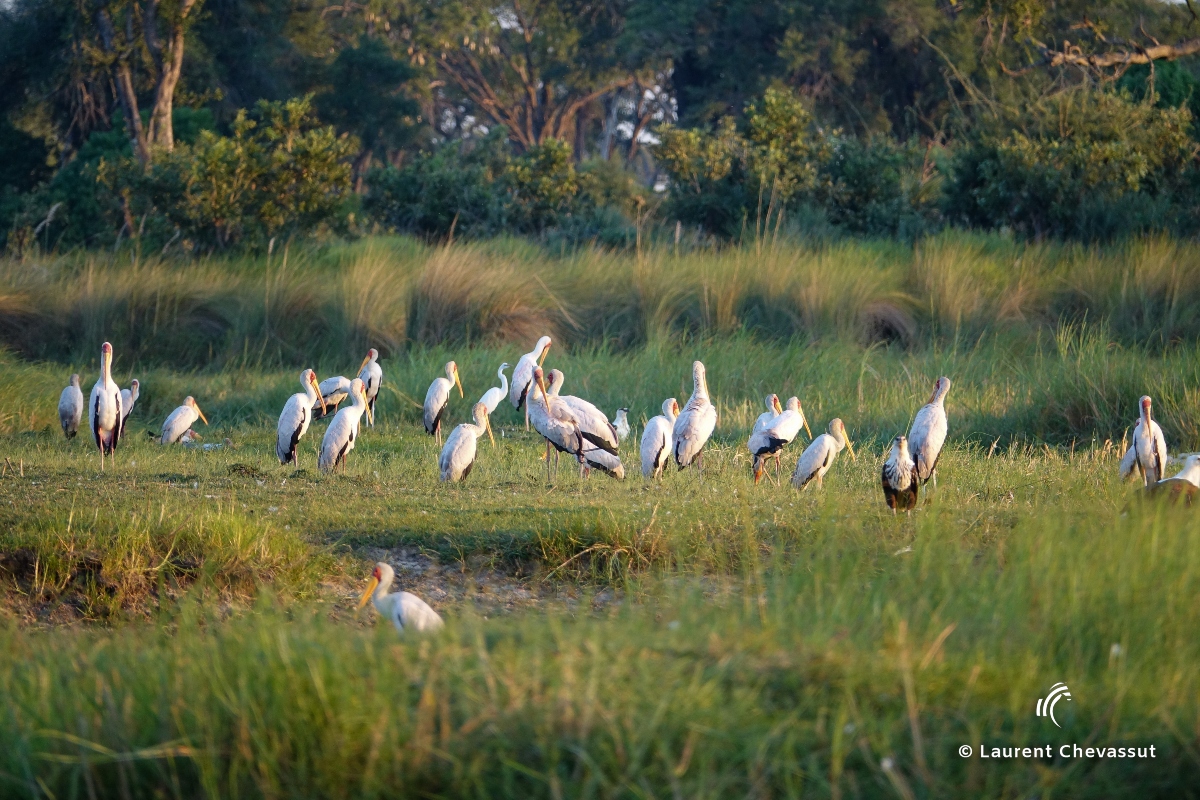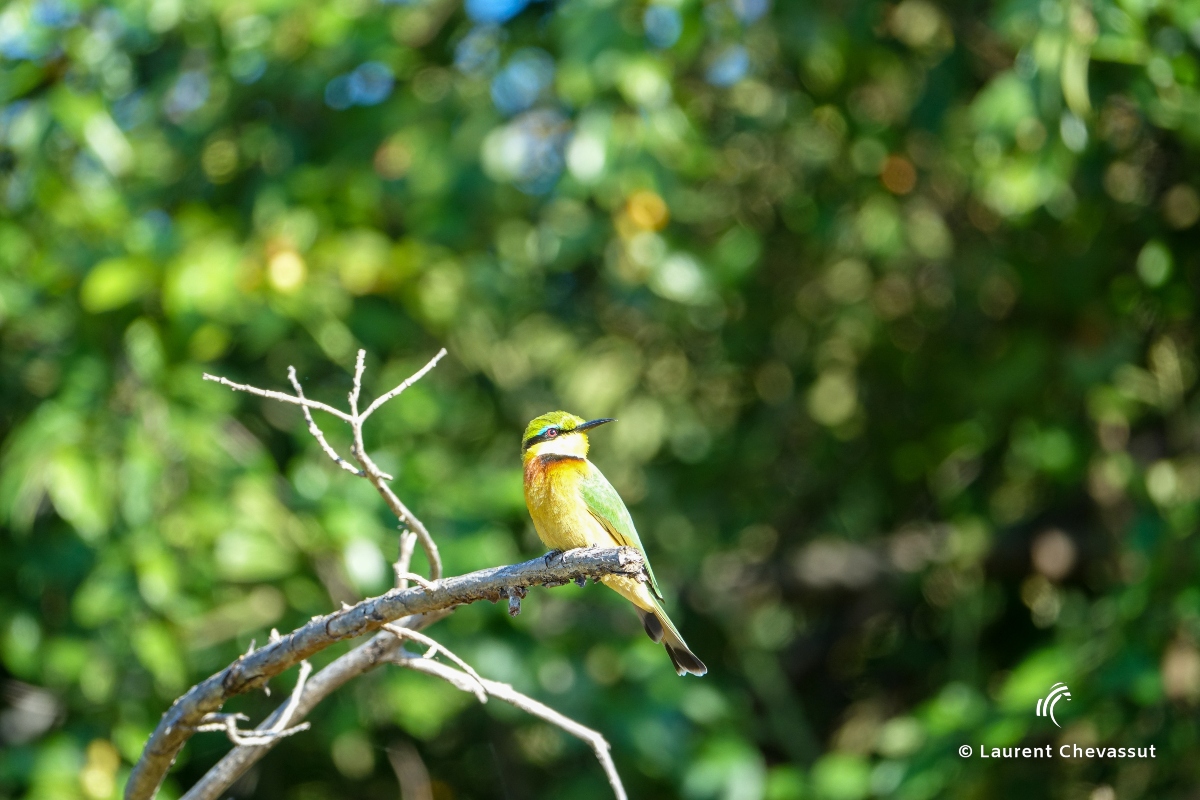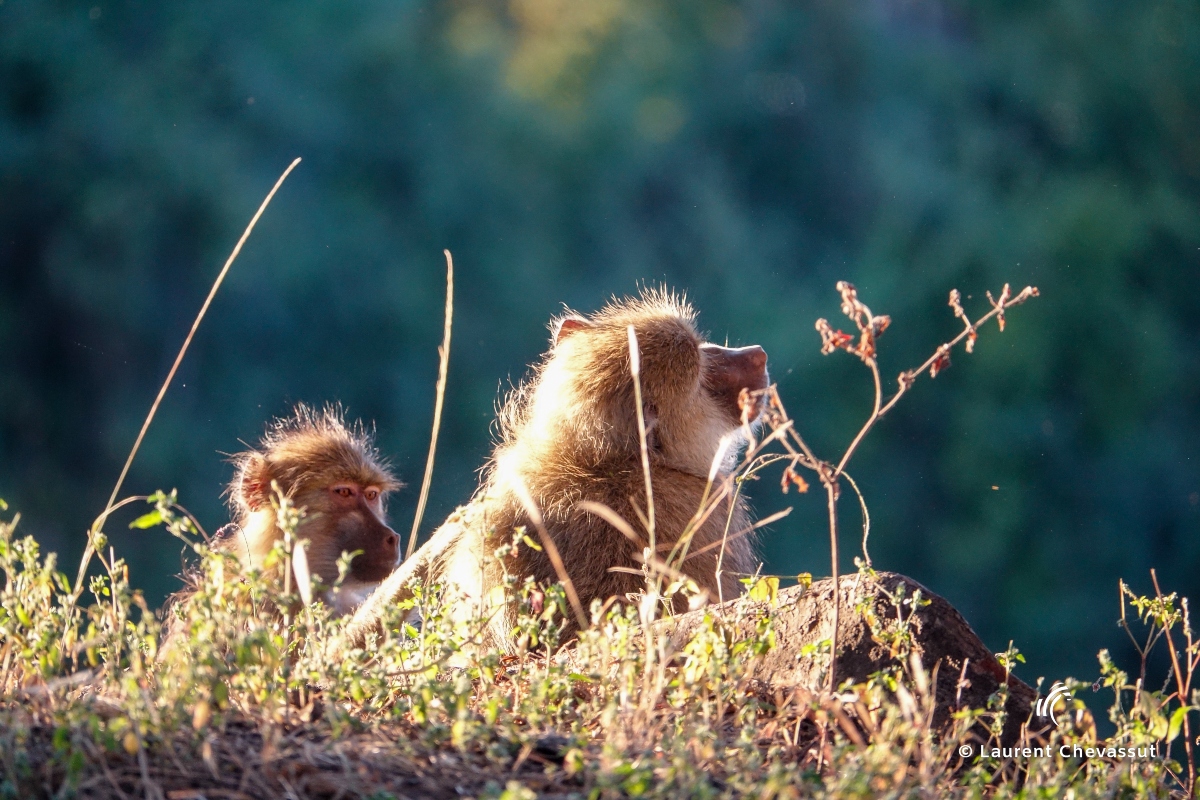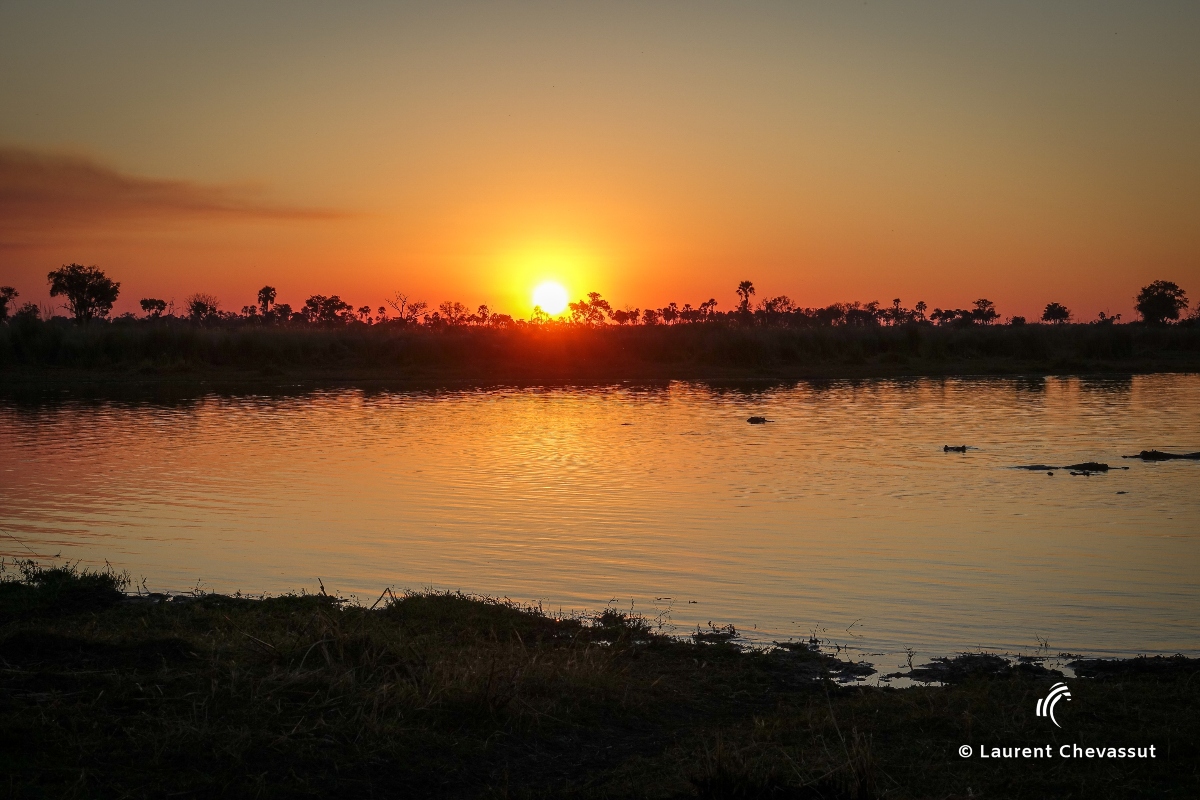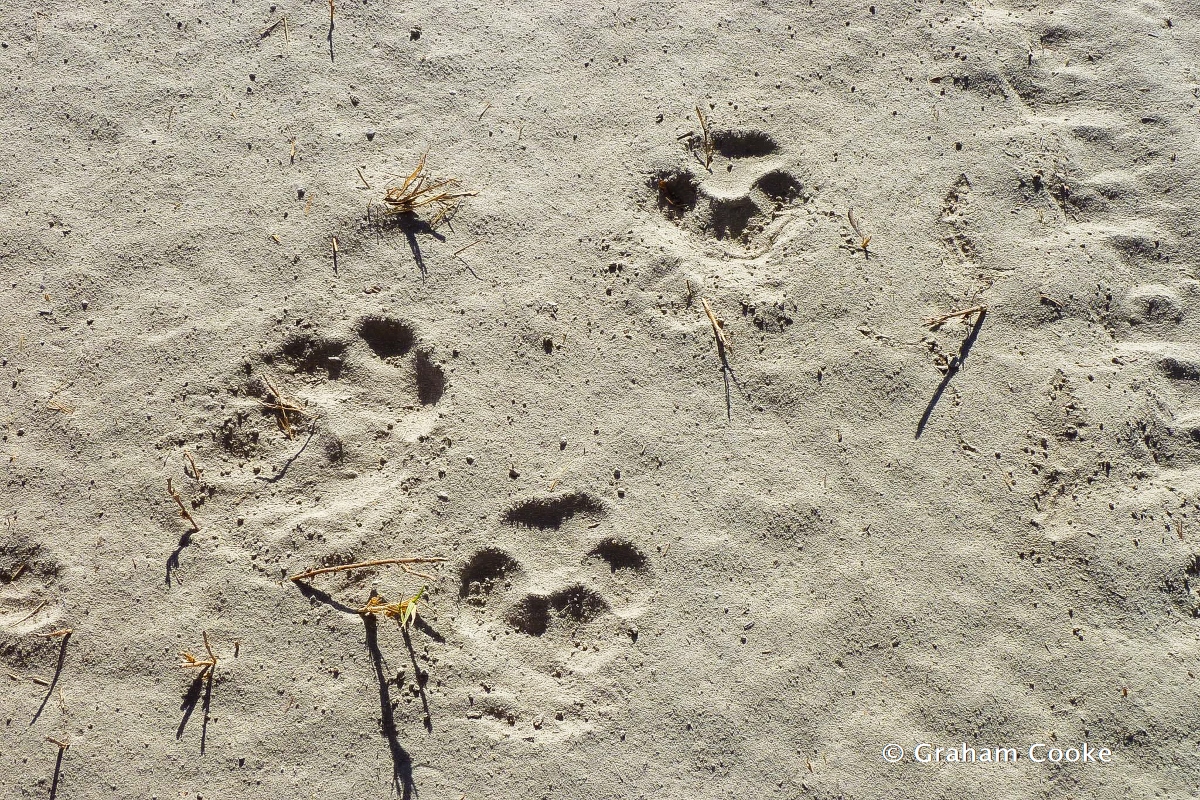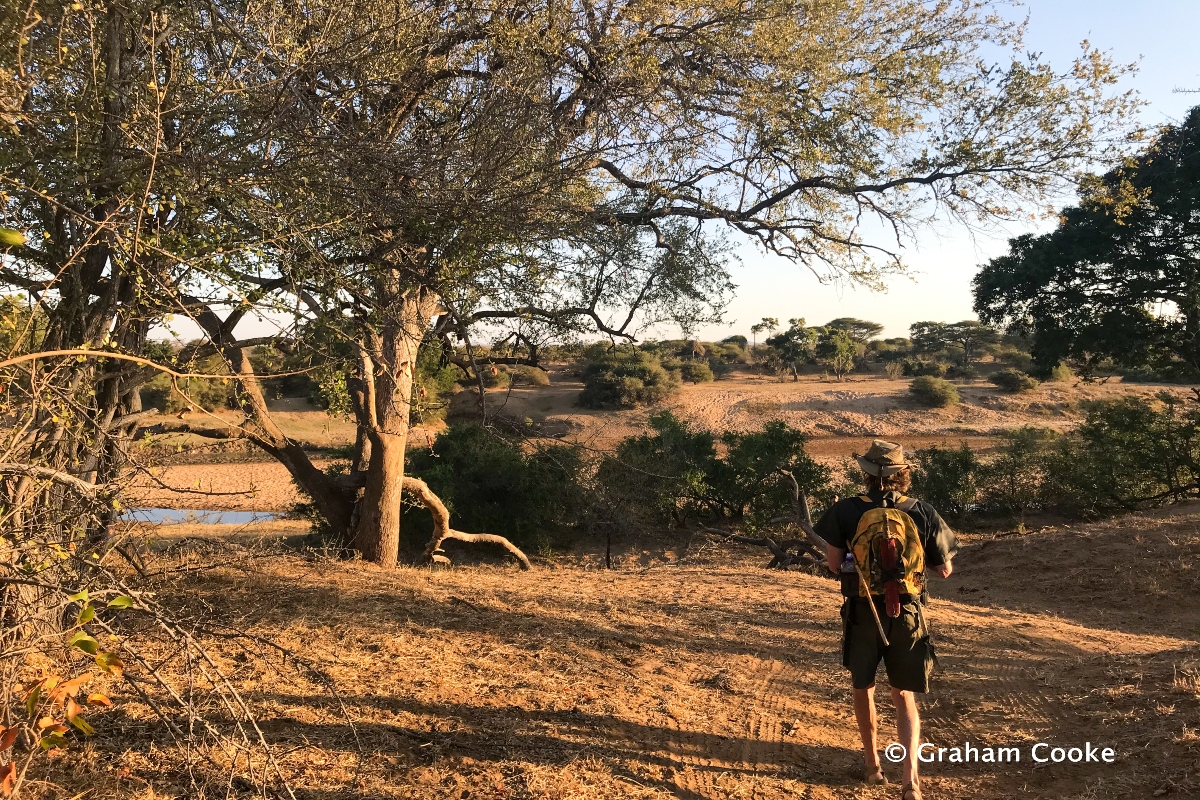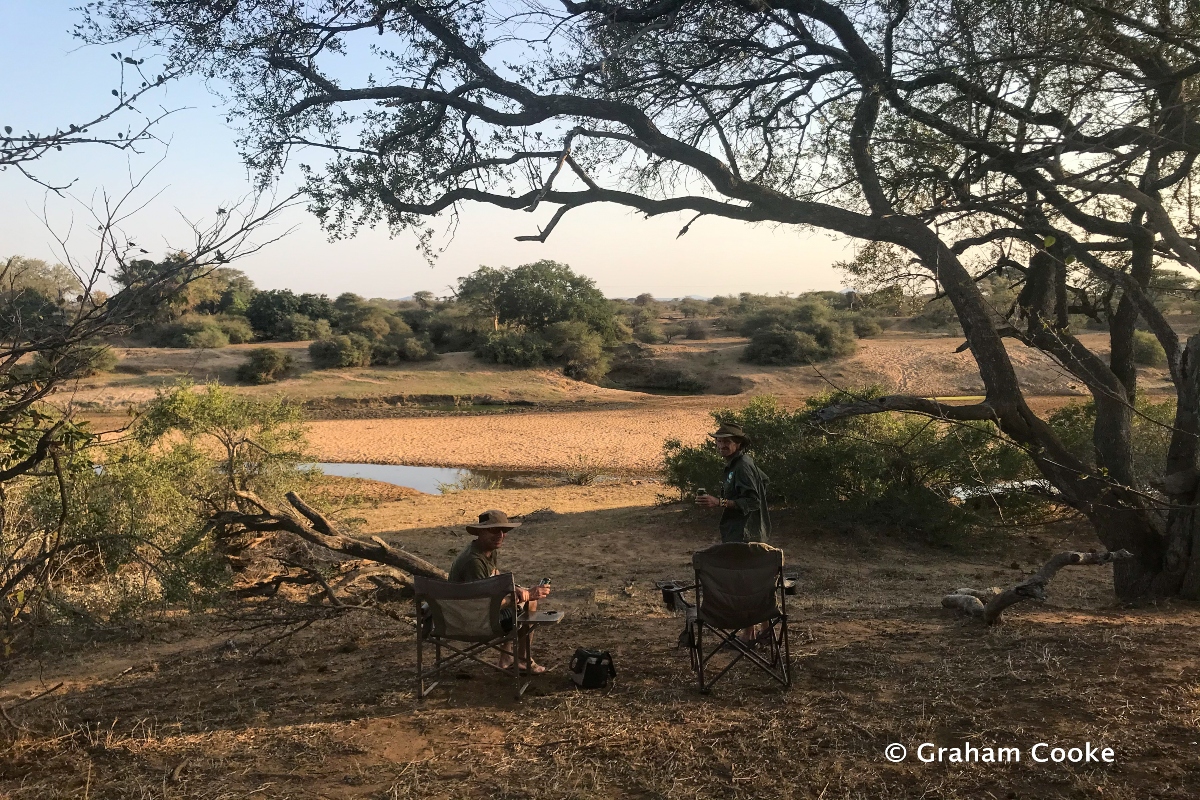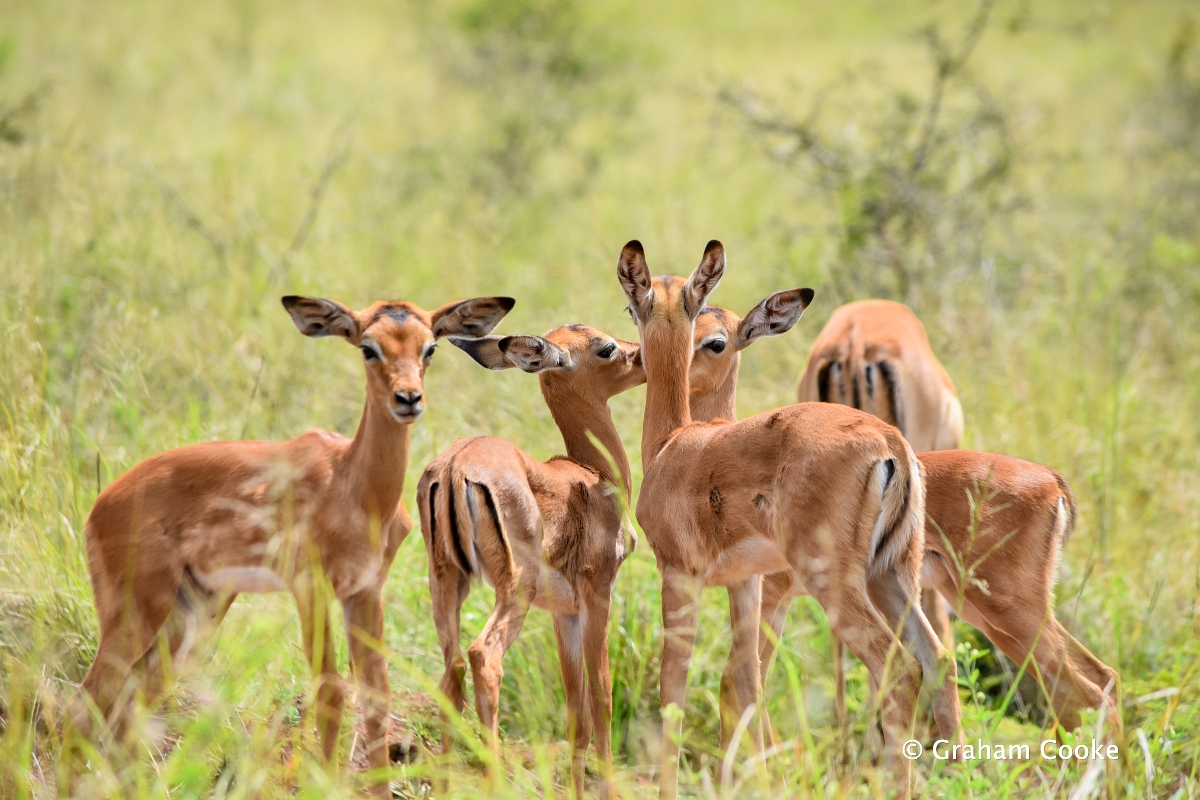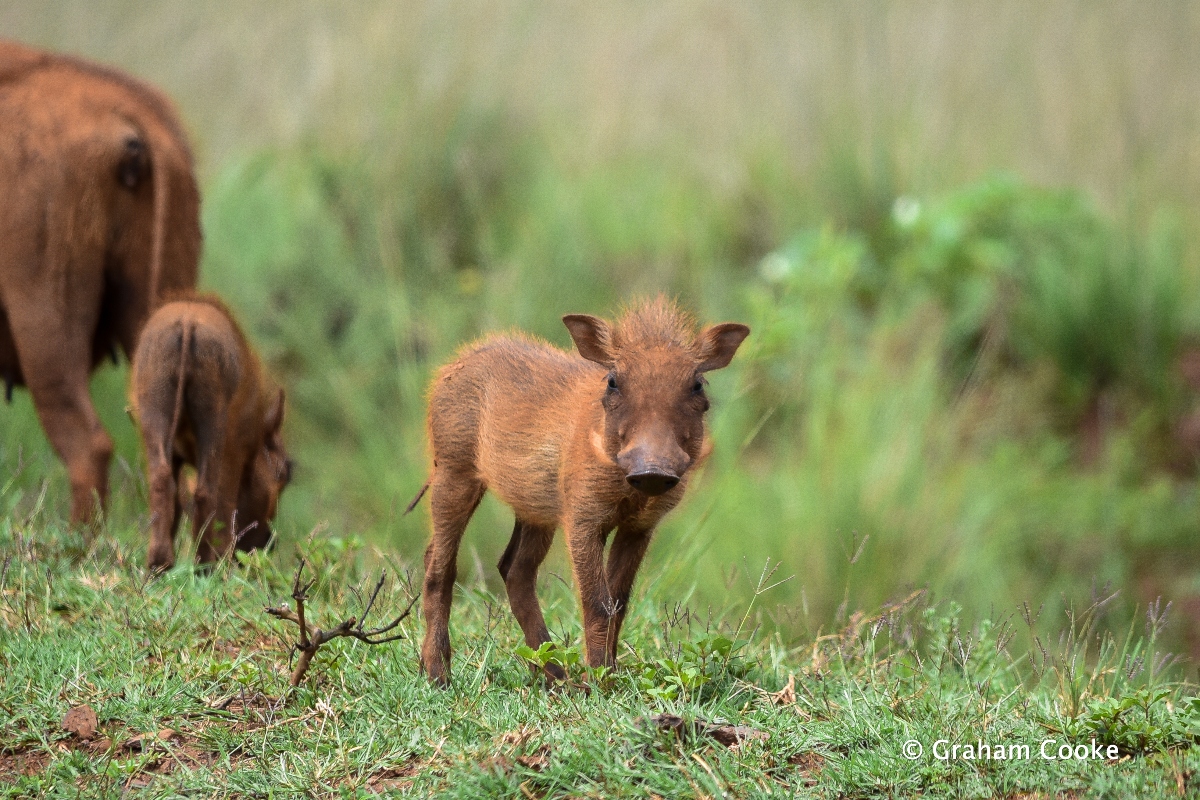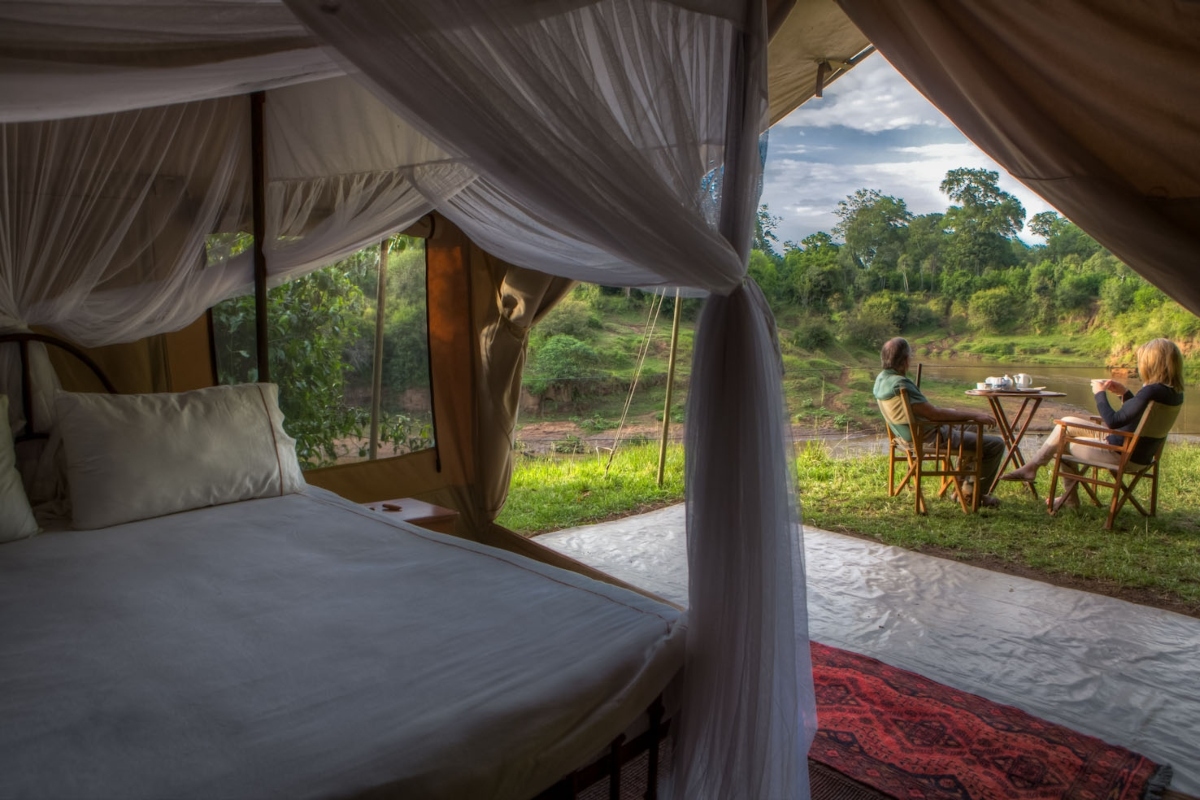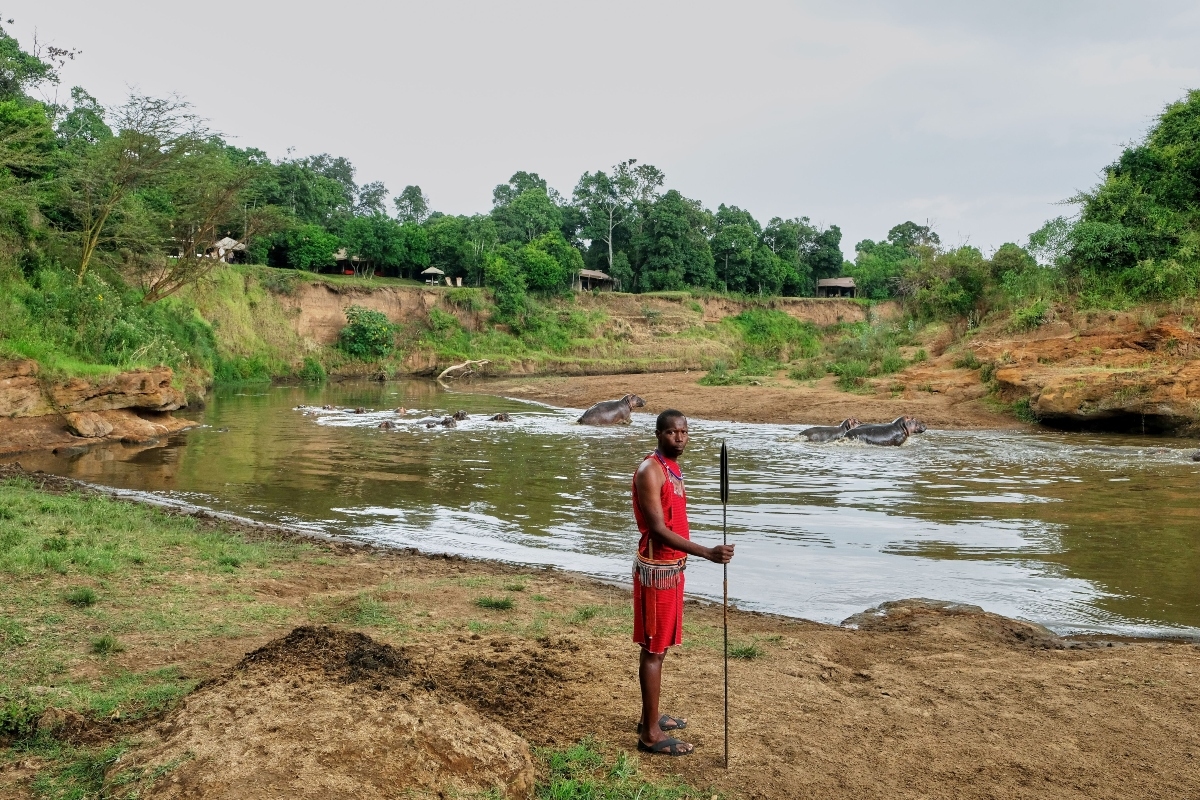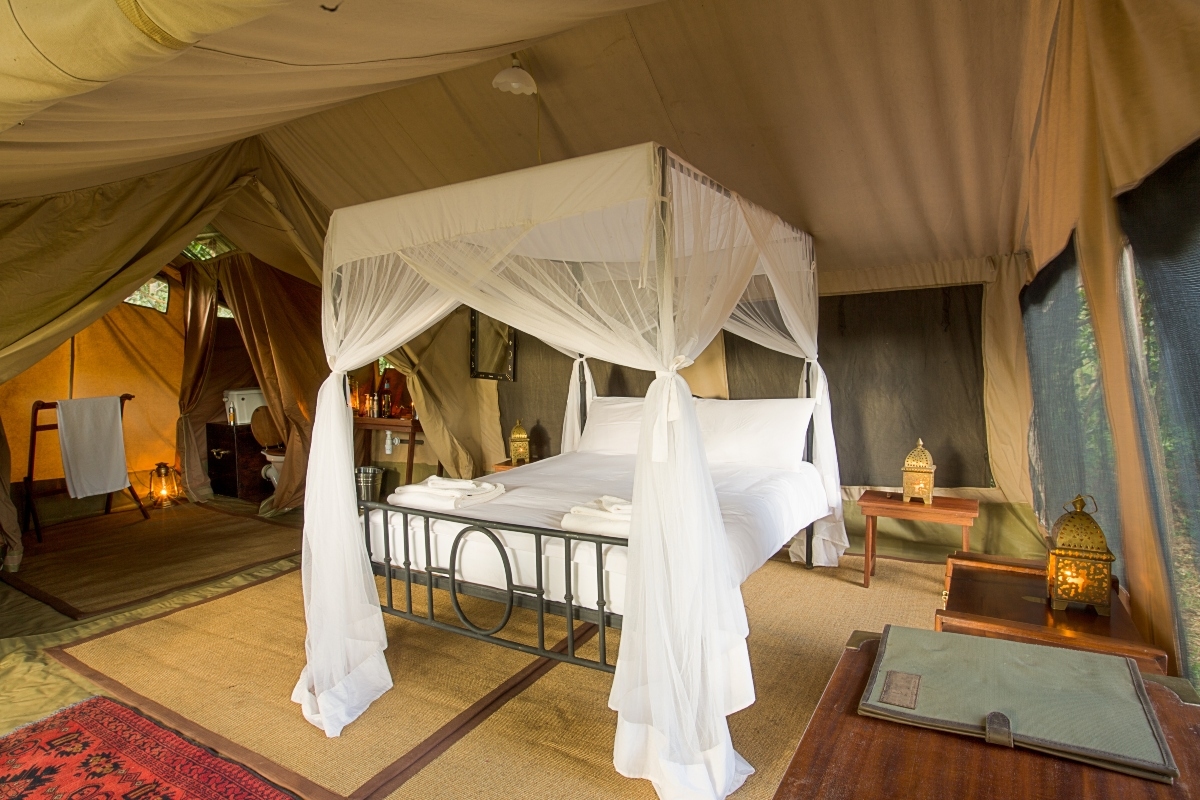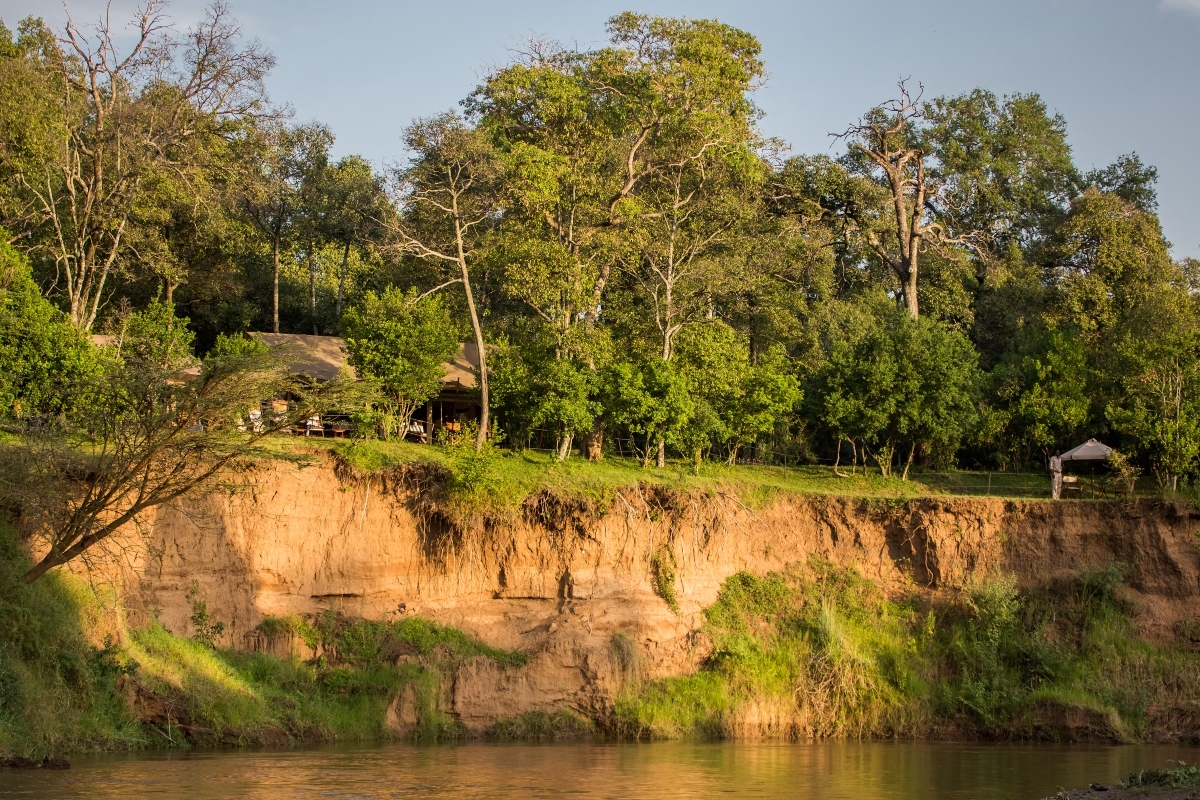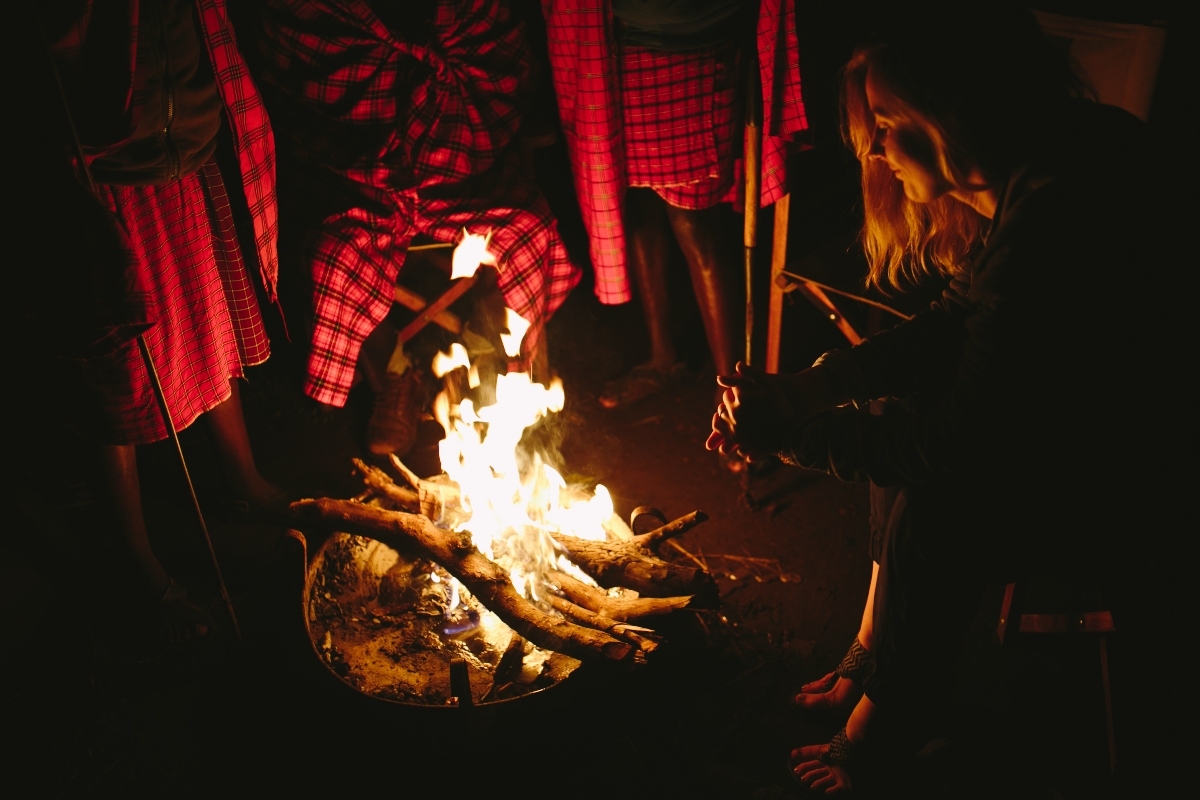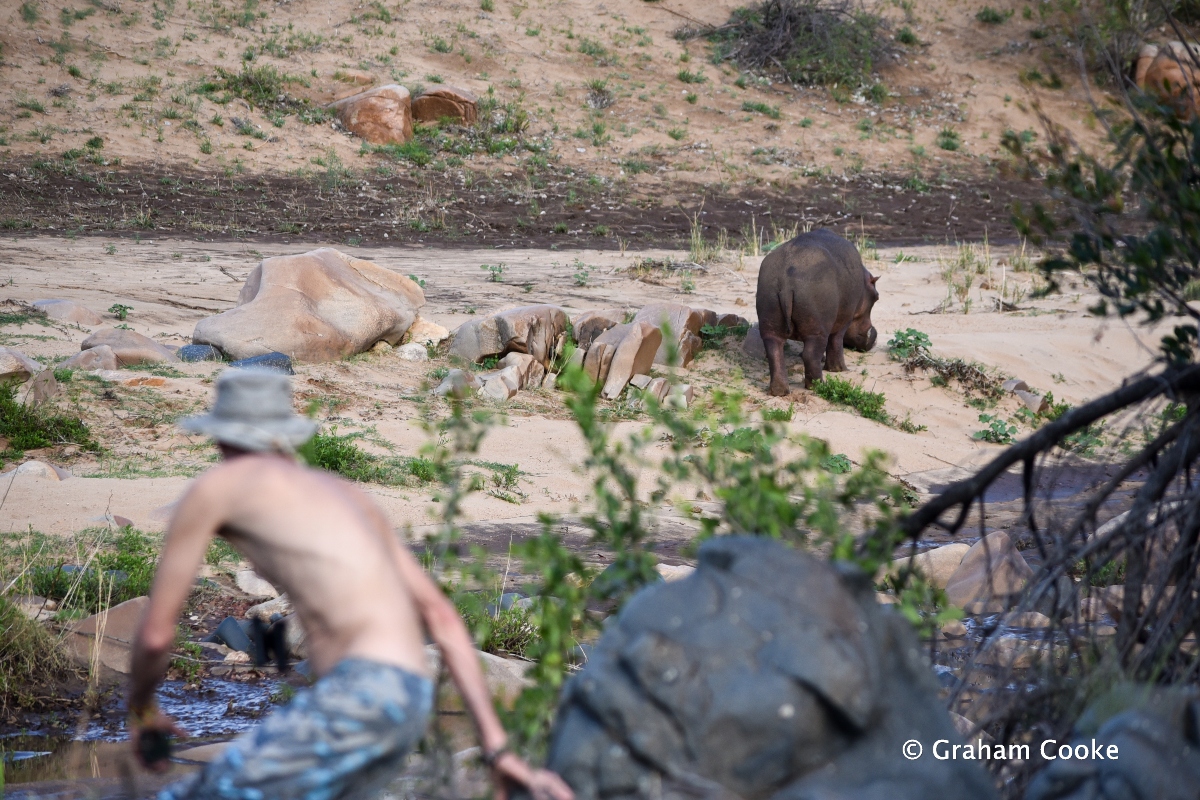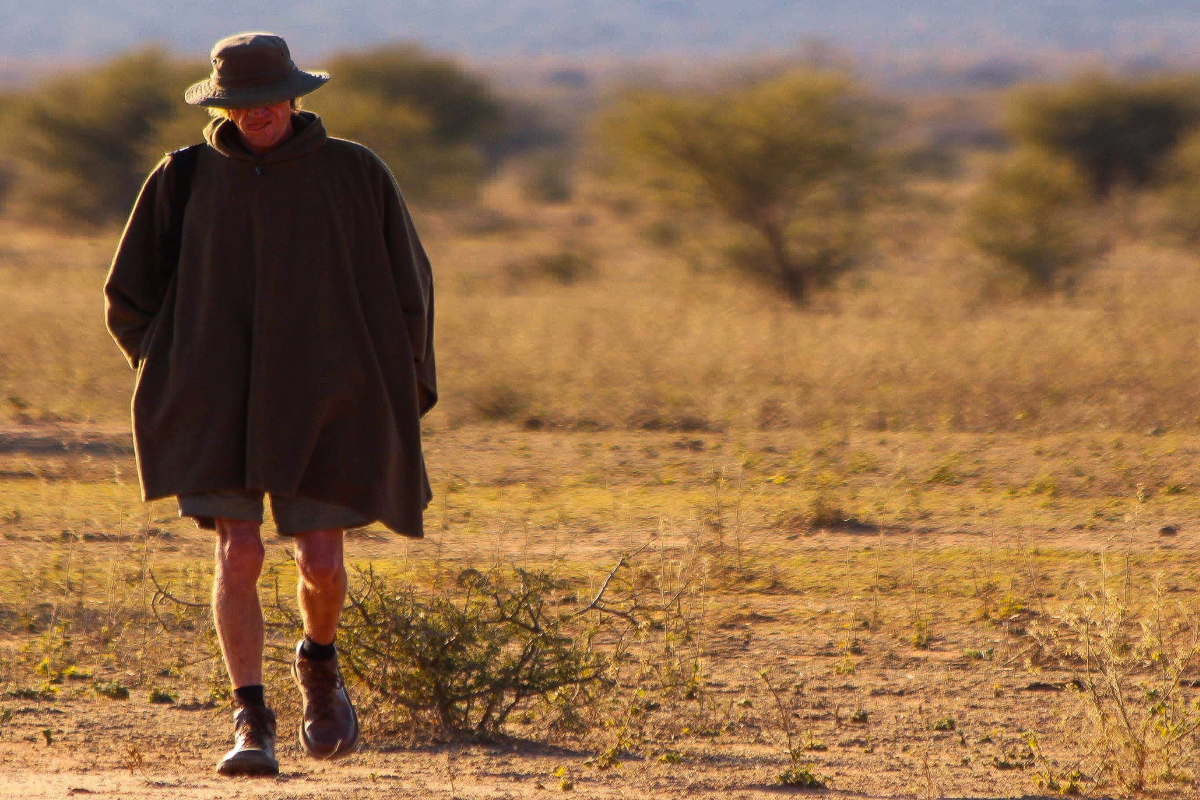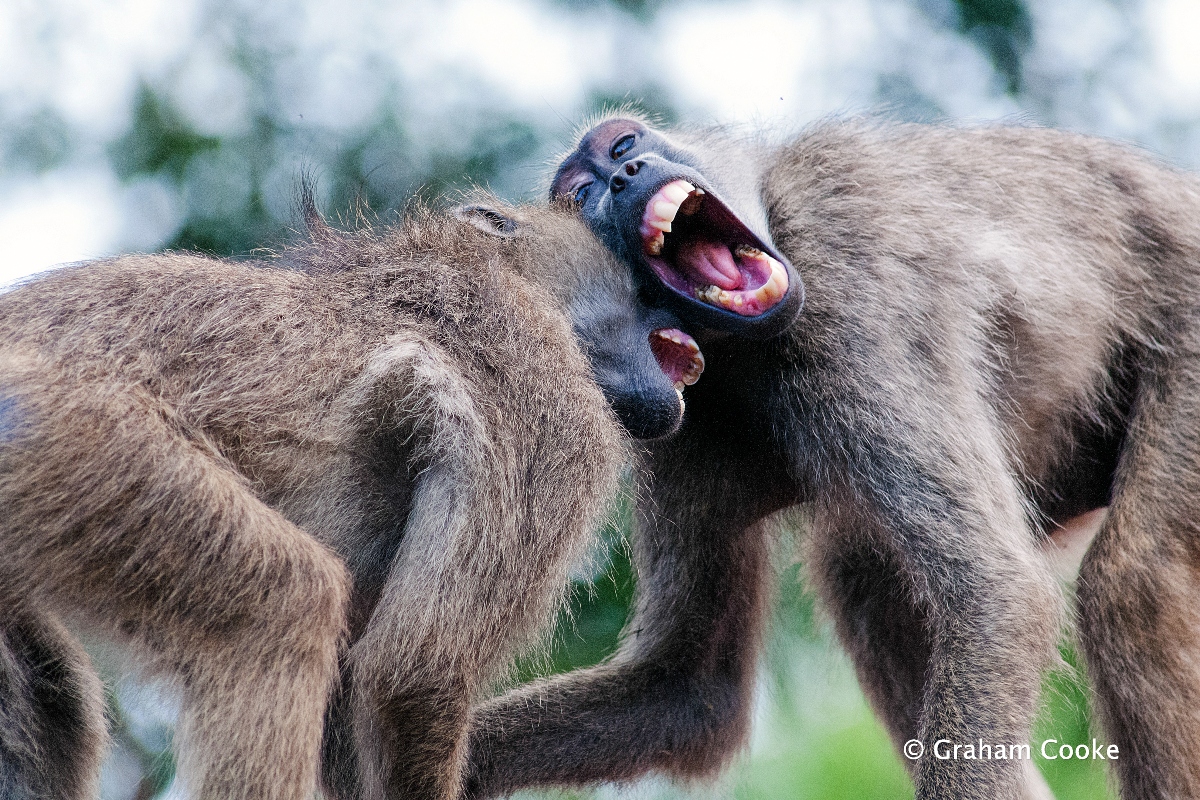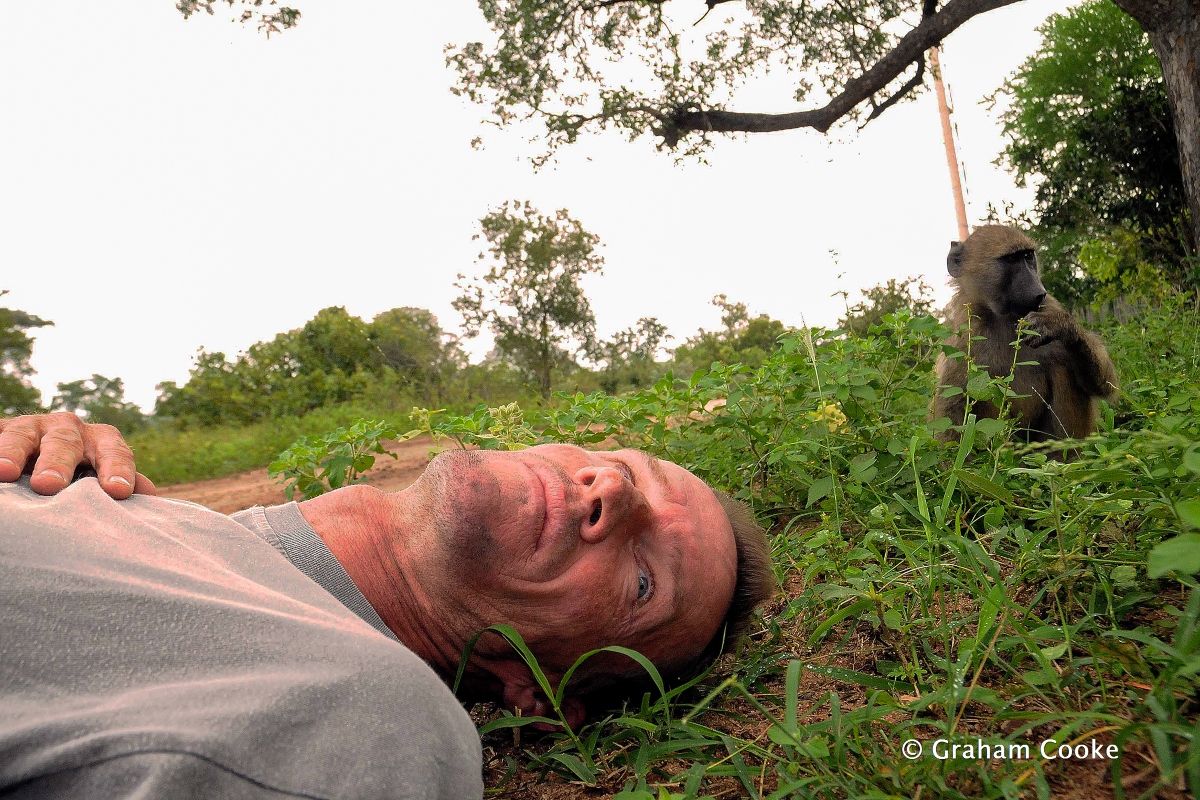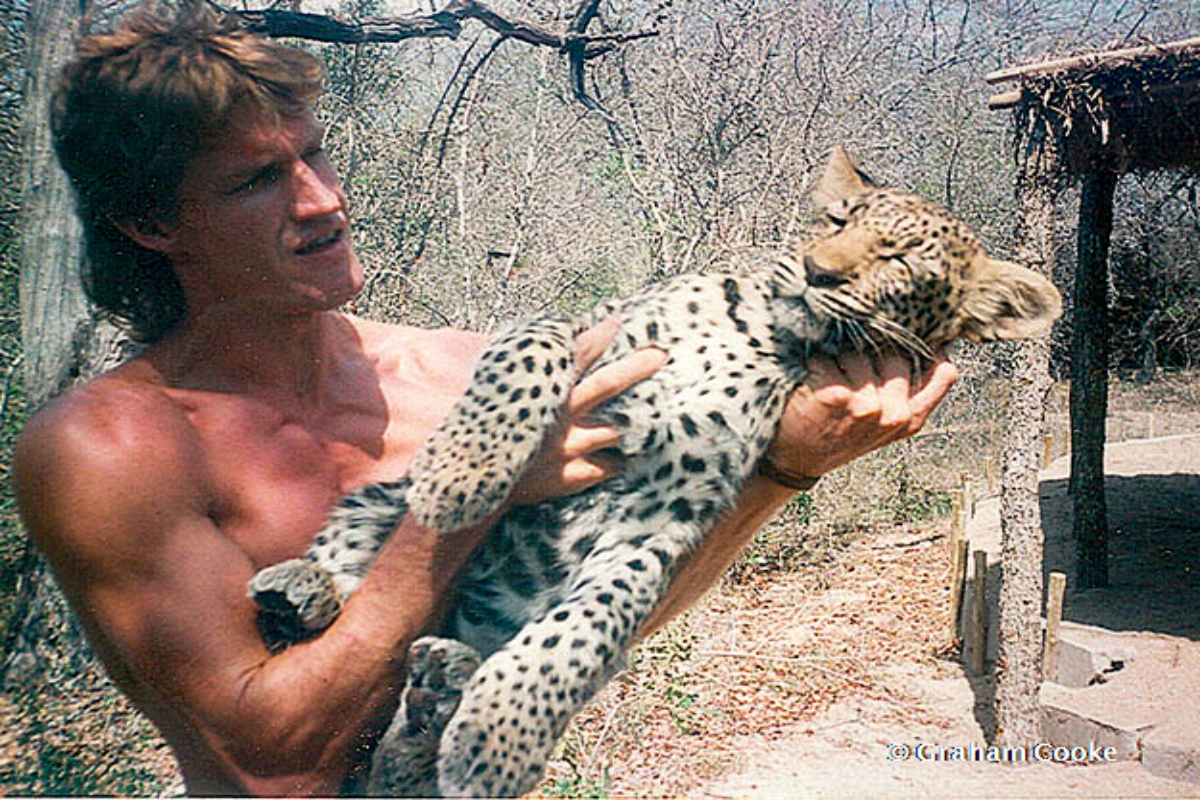Terres Sauvages Exclusivity: the walking safari !
You don’t go on Safari with just anyone! You walk surround by wild animals that remain unpredictable.
You should know that there have been countless accidents of unconscious tourists, motivated by non-specialised sites, who set off alone in the Kruger with their cars, only to end up victims of their inexperience.
Our director, Laurent Chevassut, has surrounded himself with the best guides, explored and tested many trips and grew his own skills particularly during his training as a ranger guide in Botswana in 2015.
The real job of a guide is to teach you the language and behaviour of animals without reciting from books.
Only the experience on the ground will guarantee you a real safari experience!
Good to know :
The walking safari is totally adaptable to your needs and wishes…
It can be conceived as an adventure version, with backpack and in complete autonomy, but also as a luxury version starting from a comfortable and ideally located lodge.
In any case, the encounters will remain unforgettable.
It can even be combined with a classic 4×4 safari..
What is a Walking Safari ?
Walking safaris were the original safari and remain the purest form.
The Walking Safari is a magical dance between the human spirit, the natural world and the animals living in the wilderness.
Walking in the wild nature among animals is an introspective journey to get to know yourself, to get to know your soul. It requires a great sense of sensibility, respect and awareness of your surroundings.
This human adventure speaks about our primitive instincts which have been dormant in our minds for a long time, but are still well alive in each one of us…
All your senses will be awakened. At every step, at every detour, a sound, a smell, a sign of life will put you back in your place in the middle of the food chain. This journey will reveal your primary instincts and the animal in you…
You will feel vulnerable in a hostile environment. Nothing similar to a normal safari where you are protected in a vehicule. Your angle of vision will change in relation to the animal and the animal will become more distrustful.
You will be both the prey but also the predator for some. Wildlife will be on the lookout, no longer antelopes grazing peacefully, but a whole-body language designed to impress you.
Your photos will become magical, revealing a face-to-face with nature like no other…
“This is the holy grail of animal observation...“
What you will experience on a walking safari
Your safety is our top priority. Most people are not used to walking in extrem wild places like big African national parks. The main objective is to make you feel comfortable in the wilderness. When this is done correctly, with respect and without ego, you will soon realise that you are embarking on a wonderful journey full of emotion in the purest form of safari.
You will travel in small groups of maximum 8 people, accompanied by your guide (armed for your protection) and a back-up guide to close the march. At dawn, after a small morning snack, you will walk for 2 to 4 hours maximum, with many breaks, during which your guide will explore with you all the secrets of this preserved nature.
Several formulas are possible, departing from the comfort of a lodge for a day, if and returning back in the evening, or for the more adventurous version, immersing yourself in total autonomy with backpacks of 15kg maximum and carrying your camping equipment.
This transmission of knowledge is intended to bring you closer to nature. You will learn how to make a fire in 2 minutes without a match or lighter and you will help us fight illegal poaching by removing traps and snares.
In the evening you will relive the stories of the bush around a campfire, accompanied by the laughter of hyenas or the roar of lions.
You will learn all about the lifestyles of each species by observing their habits, their tracks and the signs they leave behind. This type of safari is designed to help you interpret their behaviour and intentions by observing their reactions.
This familiarisation is an awareness that we are very much alike.
On foot, it becomes an open book, not a scripted experience. You can feel the exhilaration of following in the footsteps of predators or elephants, of knowing which insects have passed by or of learning to recognise the subtle signs that nature reveals to you.
Where can you go on a Walking Safari ?
Great care is taken in choosing a destination. The wild areas in which we operate are designed to guarantee exclusivity and a unique experience of nature.
As far as possible we will do our best to take you to wild areas totally untouched by tourism. This will give you the feeling of being completely immersed in the natural world, in its purest possible form.
South Africa
The areas include the private Selati Game Reserve, part of the greater Kruger Park, which gives you access to 27,000 hectares of wilderness, to explore on foot in search of the “big 5” including the very rare black rhino.
Other places such as Mthimkhulu Private Game Reserve, covering around 9000 hectares, located on the western boundary and open to the large Kruger National Park are ideal for exploration on foot.
The camp is located on the banks of the small Letaba River, facing the park and offers a very exclusive experience with 45 km of riverbank to explore.
Makuleke is another proposed area, located on the Limpopo River in the far north of the Kruger National Park.
This region offers extensive and unique access, beautiful forests, exceptional birdlife and areas such as the Lanner Gorge that few people have the opportunity to see when visiting South Africa.
Kenya
The Sentinel Mara Camp in the Masai Mara, meanwhile, offers an intimate feeling of an authentic African safari, with wonderfully comfortable tented accommodation.
The Mara has nothing more to prove in terms of wildlife experience.
Exclusivity and a more personalised adventure is what we strive to offer to the lucky ones who choose this type of safari.
The Sentinel Mara Camp is a real favourite for those who want to combine luxury and adventure.
Situated high up in the river, it allows a permanent observation of the animals that come to drink in complete safety.
There are many other places to go on a walking safari, just ask us if you are interested in other countries.
Your guide Graham Cooke
Graham Cooke grew up and spent his entire professional career in the bush. With over 30 years’ experience as a guide ranger, he is now a trainer and assessor of top safari guides for Southern Africa and is a founding member of the highly regarded South African guiding school rated EcoTraining.
He began his career at Londolozi Game Reserve in South Africa. He then went on to deepen his experiences throughout Southern Africa, including Zambia, the South Luangwa Valley and the Kafue National Parks.
Graham Cooke has also worked in Kenya, Ethiopia, Uganda, Madagascar and the Central African Republic.
Few guides have as varied experience as Graham Cooke’s.
He has also led operations for the rehabilitation and release of birds of prey.
His book “My life with leopards” tells us about his unique experience with one of the most beautiful and dangerous feline in Africa. He rescued two young leopards from a zoo, raised them for two years and successfully reintroduced them into the South Luangwa Valley.
Graham Cooke is the only person to have lived 12 years with a wild troop of chacma baboons! He will tell us about this extraordinary adventure in a second book to be finished (“The Gowrie Gang” on FB).
He is also a passionate photographer and artist and his unparalleled knowledge of wildlife and animals gives him a privileged insight into the wild world. A safari with him is a must, as few guides have such experience to share.
He has also spent time in some of the remotest parts of Africa, participating in black-bellied pangolin conservation projects in the tropical forest of Central African Republic. This again allowed him to discover places that few people get to see.
More recently, Graham set up an initiative to combat illegal poaching in Africa. Hlatini-Africa is an association that exposes the threats traps and snares to the wild animal population and biodiversity. During the walks, you will find yourself participating in removing these illegal traps and in this way combat the indiscriminate damage snares are causing to wild animals.
